Lincoln errors: some help making cents of it all?
 Azurescens
Posts: 2,853 ✭✭✭✭✭
Azurescens
Posts: 2,853 ✭✭✭✭✭
The missing "we trust" that @CNCMACHINIST posted got me going through some of the error coins I put into holders as a kid. Was hoping I could get some education from you experts, or to shed some light on coins I picked up as a youngster.
Here I've got a 1968-S with the strongest machine doubling (right?) I've ever seen on Liberty; a 196(9?) with all sorts of problems; an "un"trustworthy 1910 cent that I think was either a filled die or struck through grease (both?) and worn in circulation. Also, below, are some examples of 1955-S to 1958-D that I've got a few questions on (BIE, filled digits, weak IT in United on rev, etc).
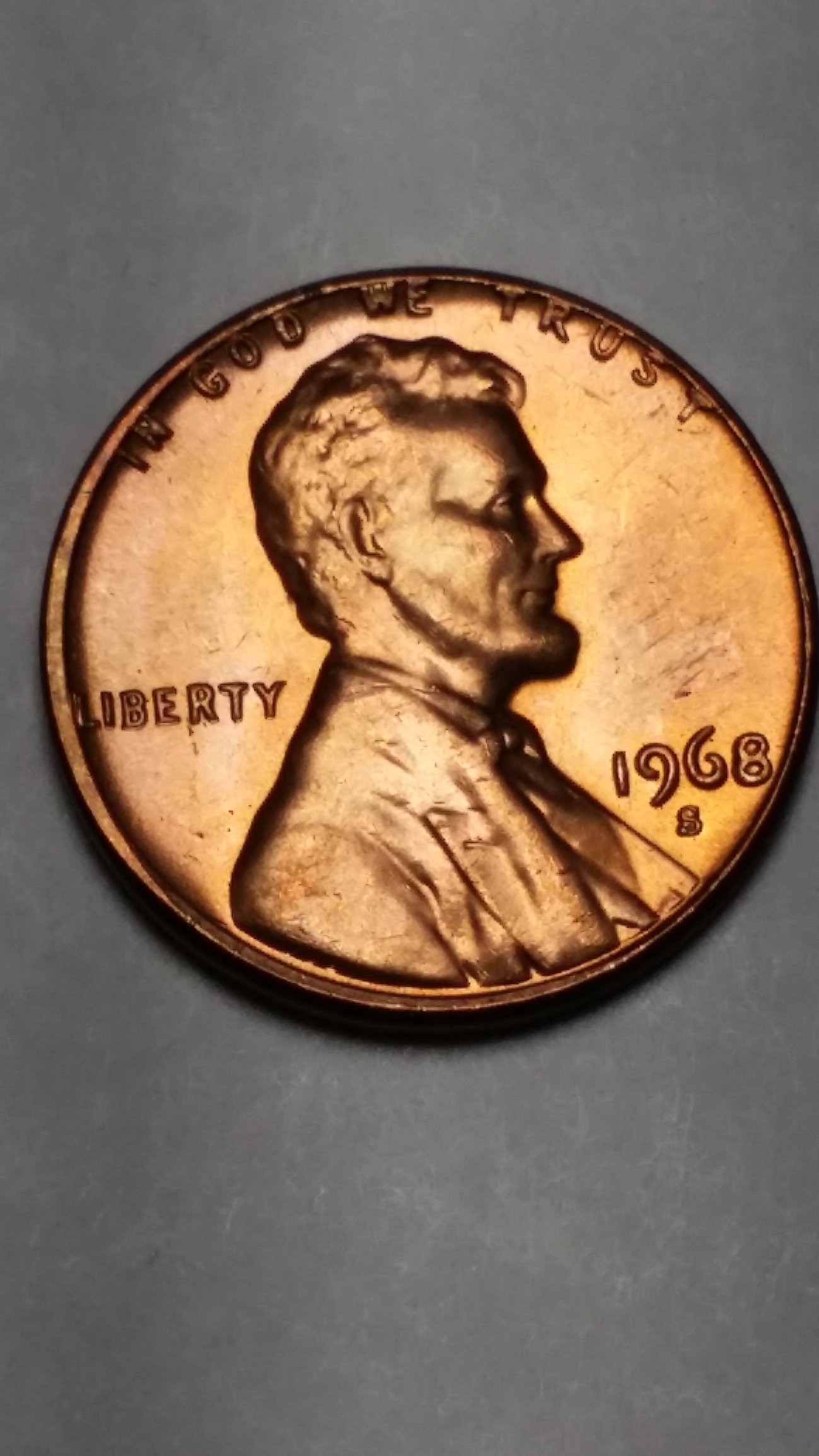
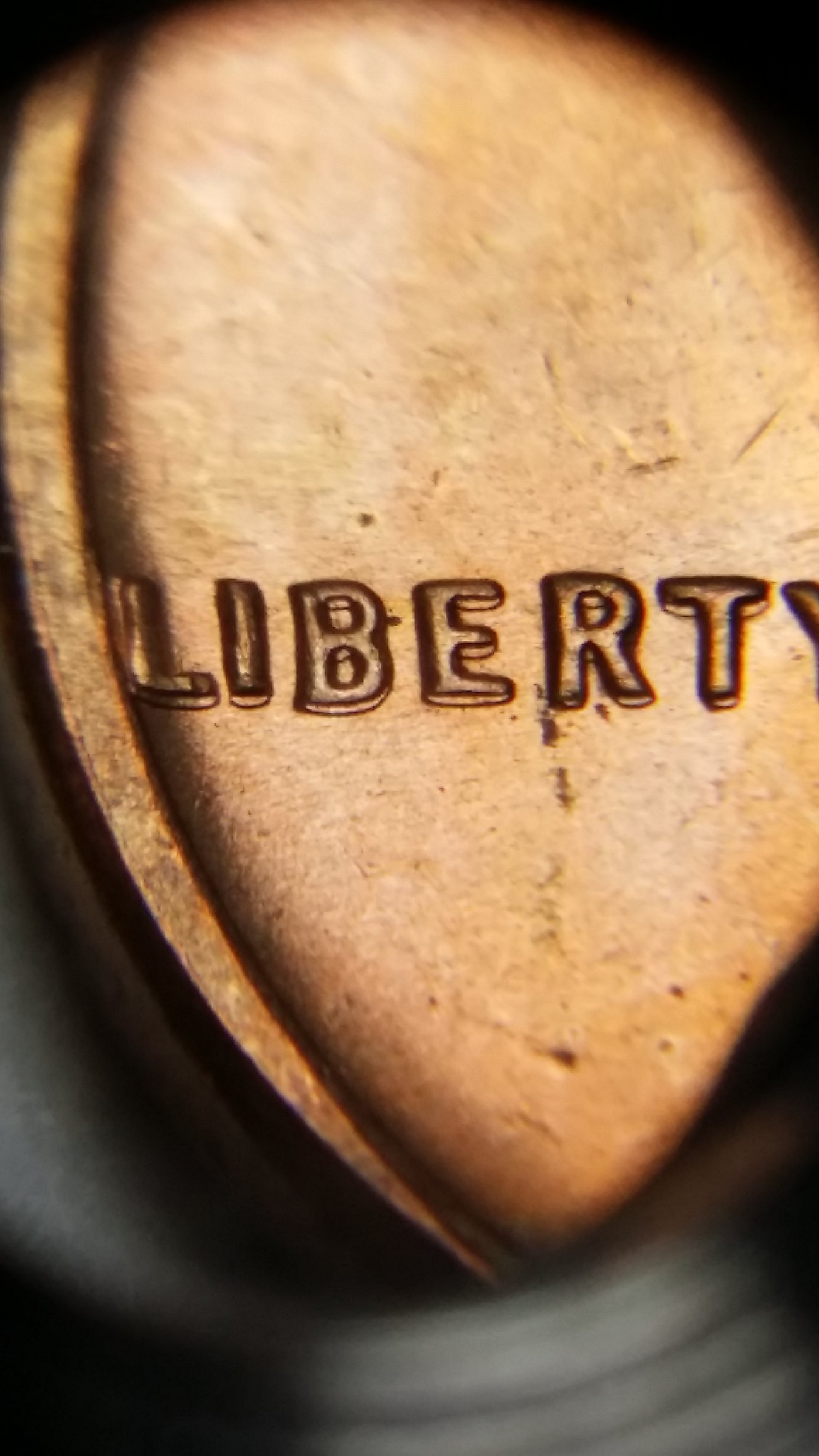
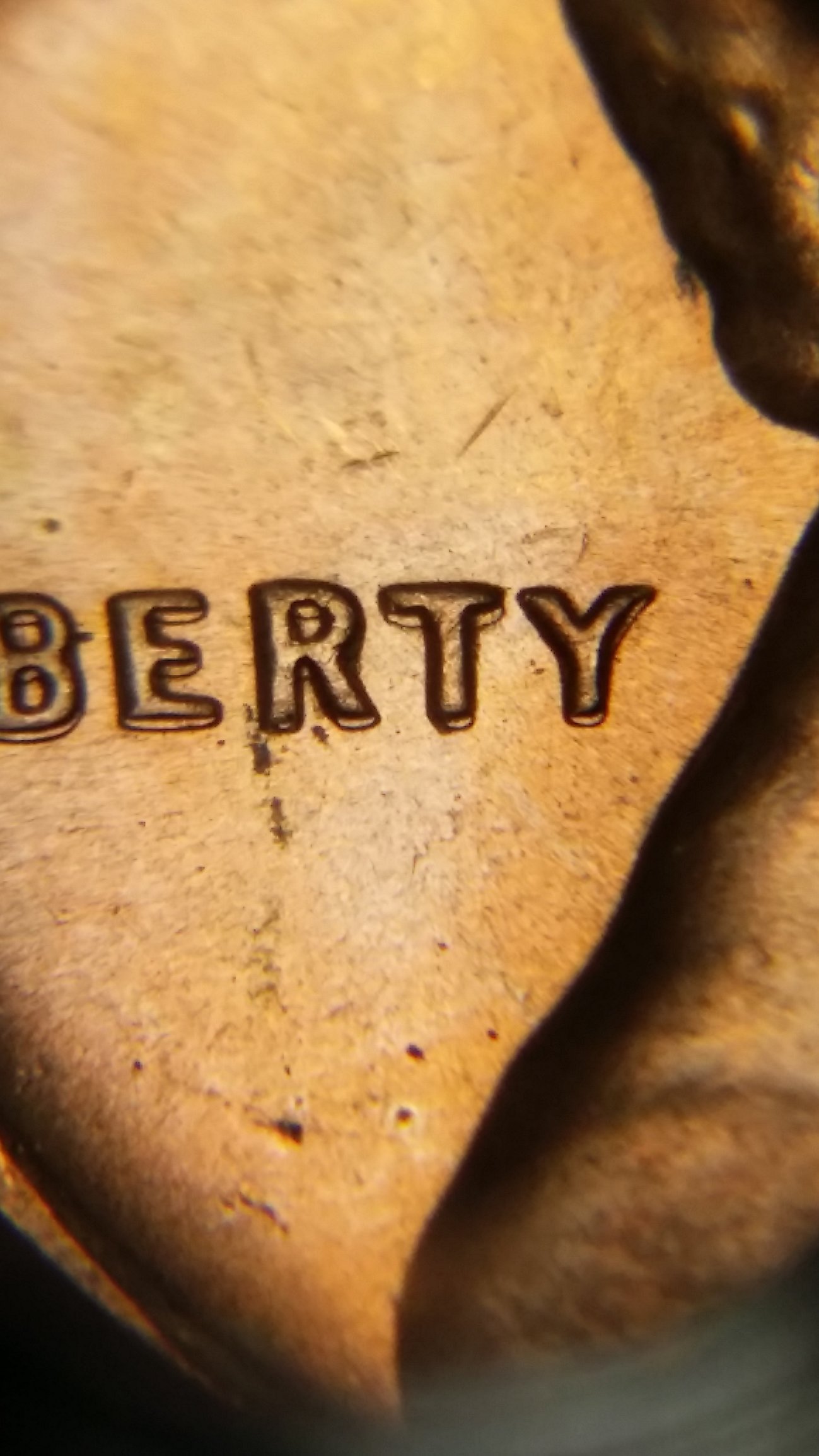
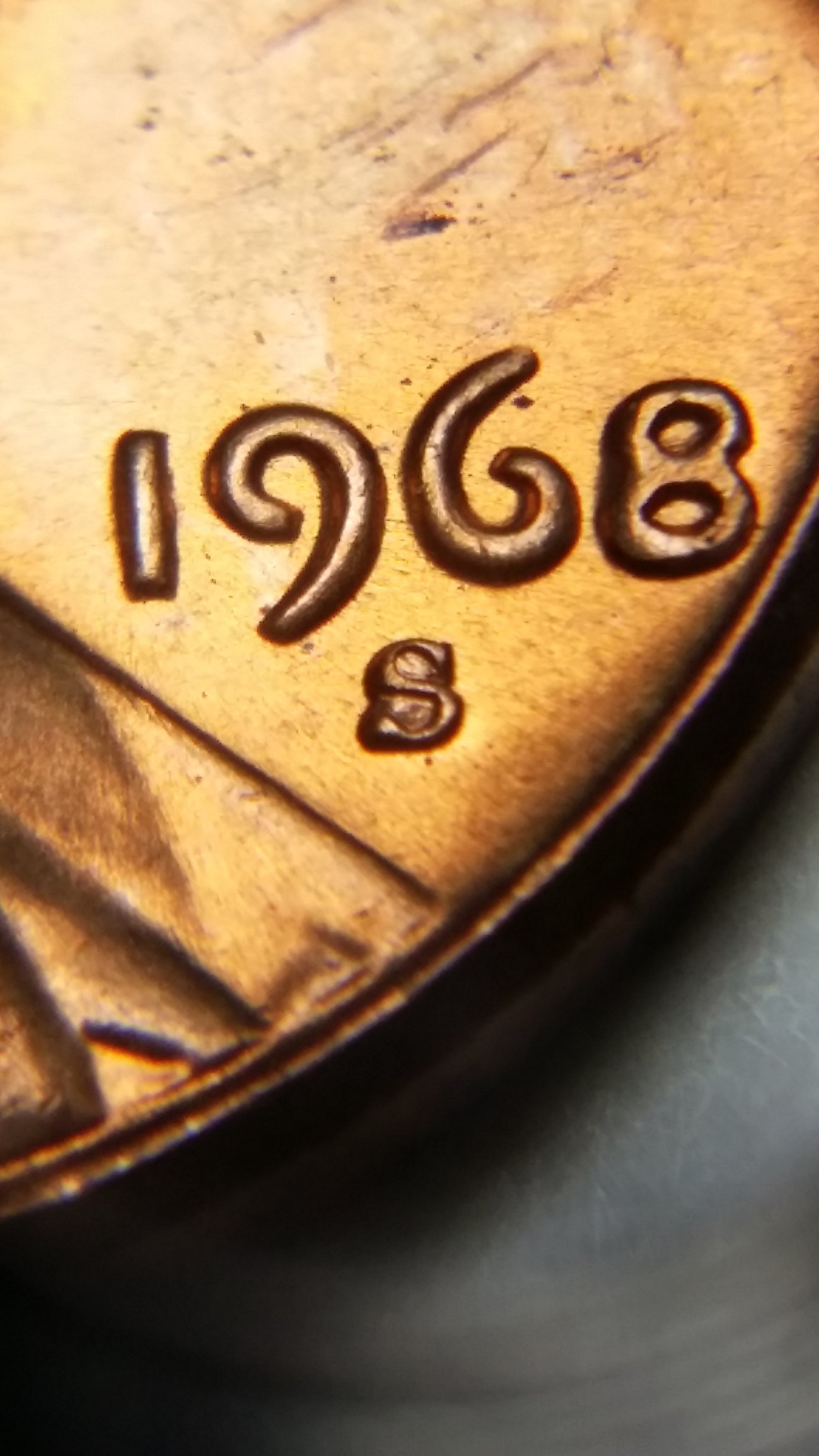
This one I think is fake, but if not, what could possibly mar the date and mintmark and IGWT so badly?
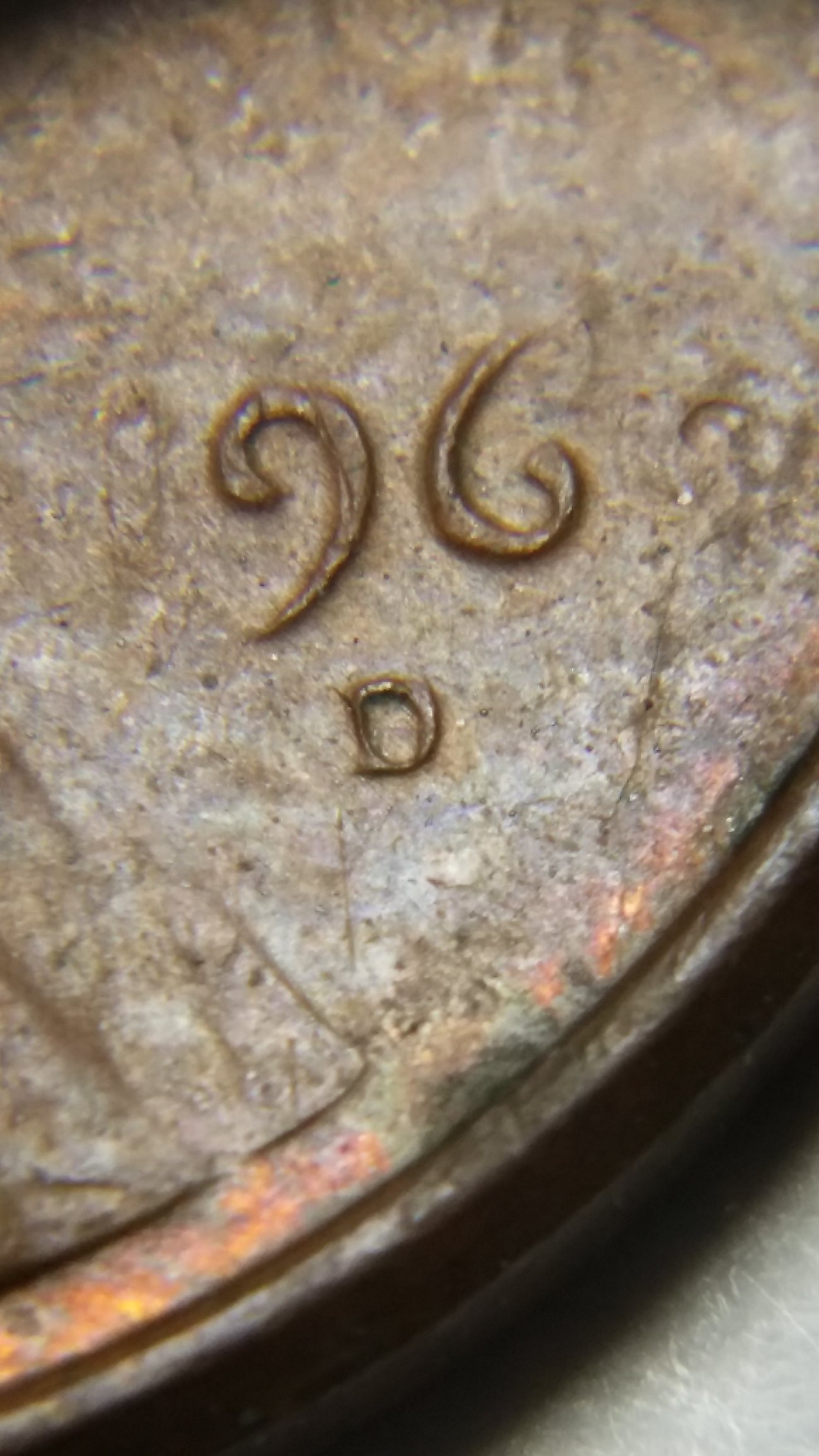
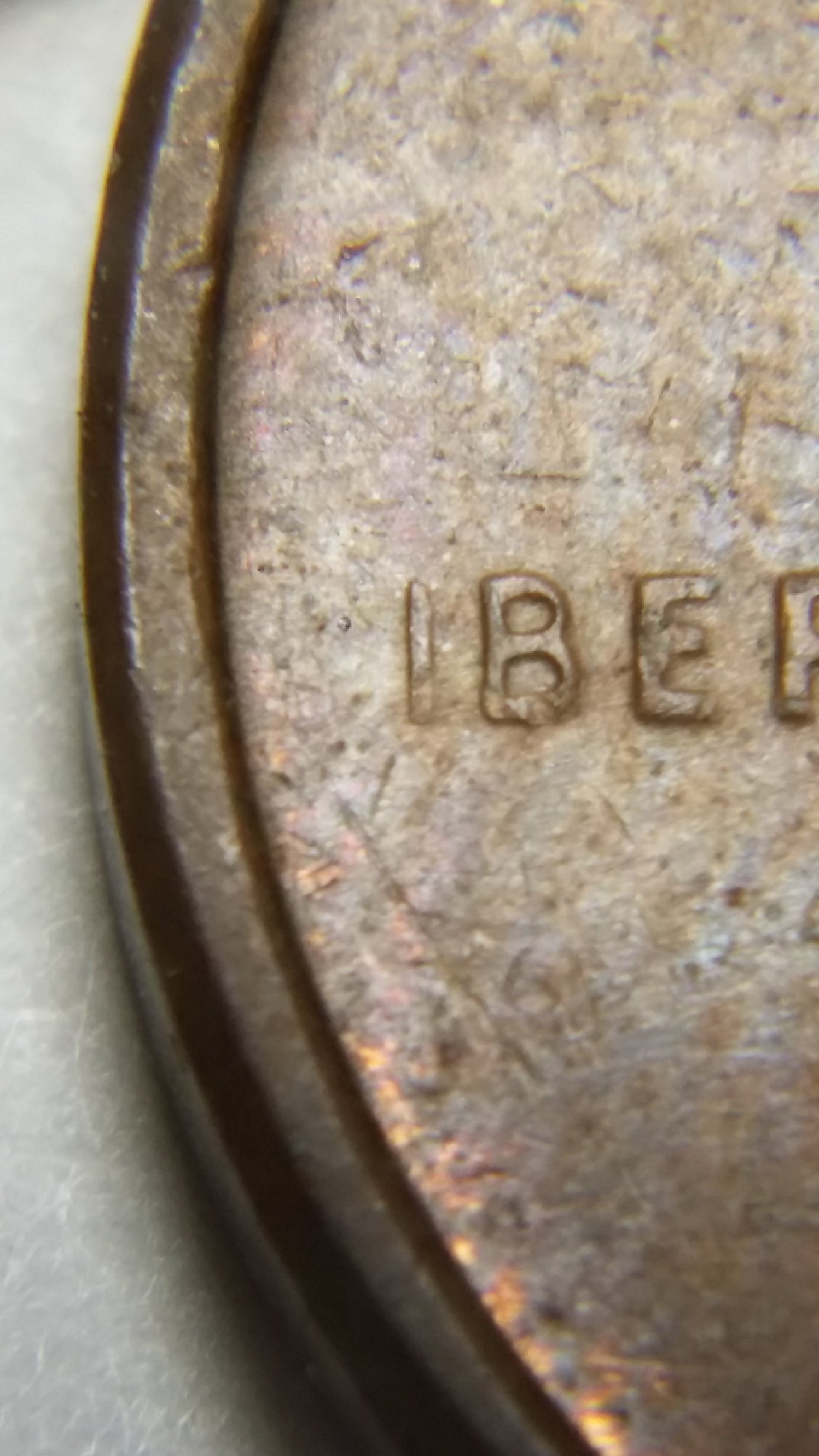
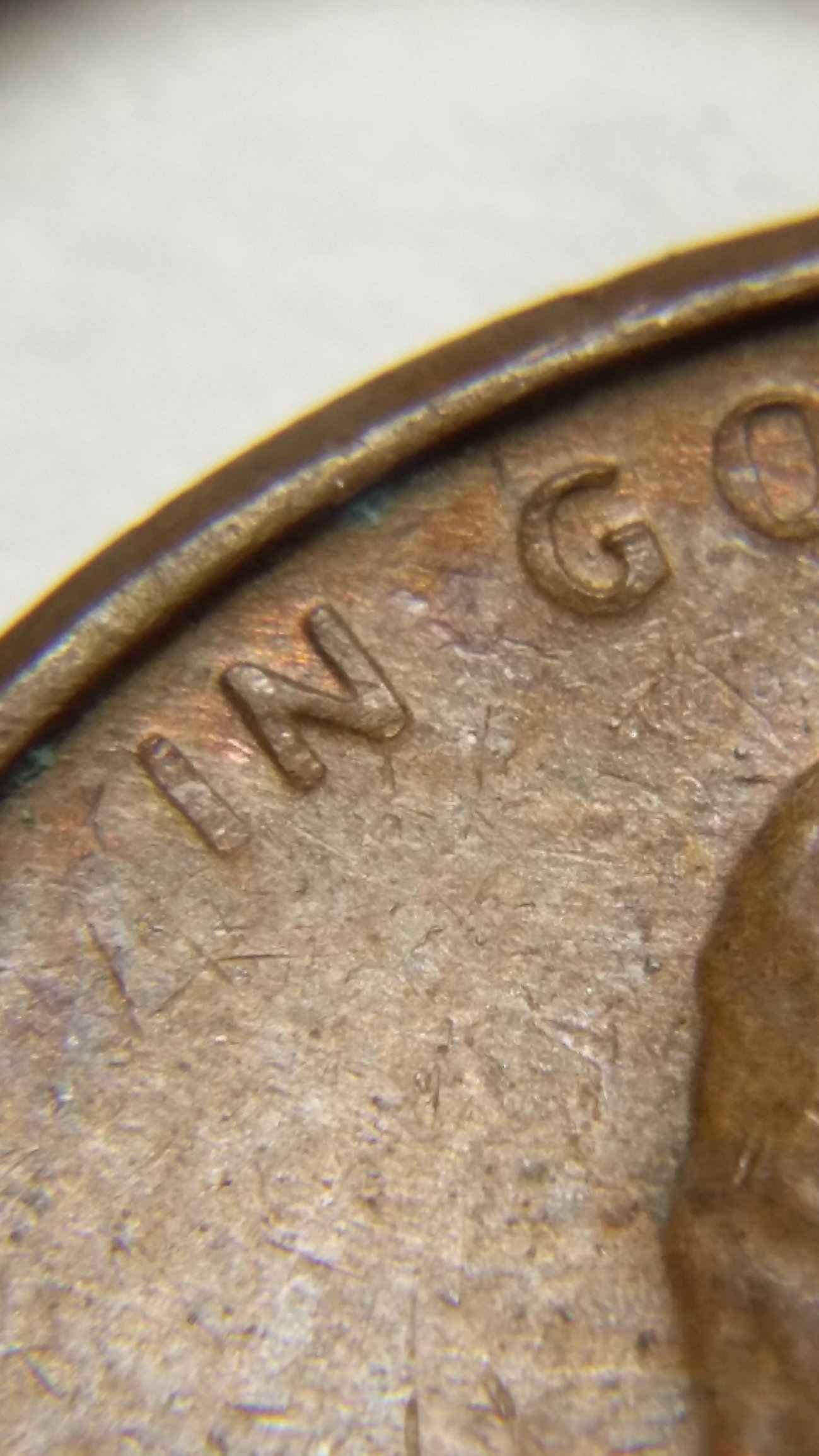
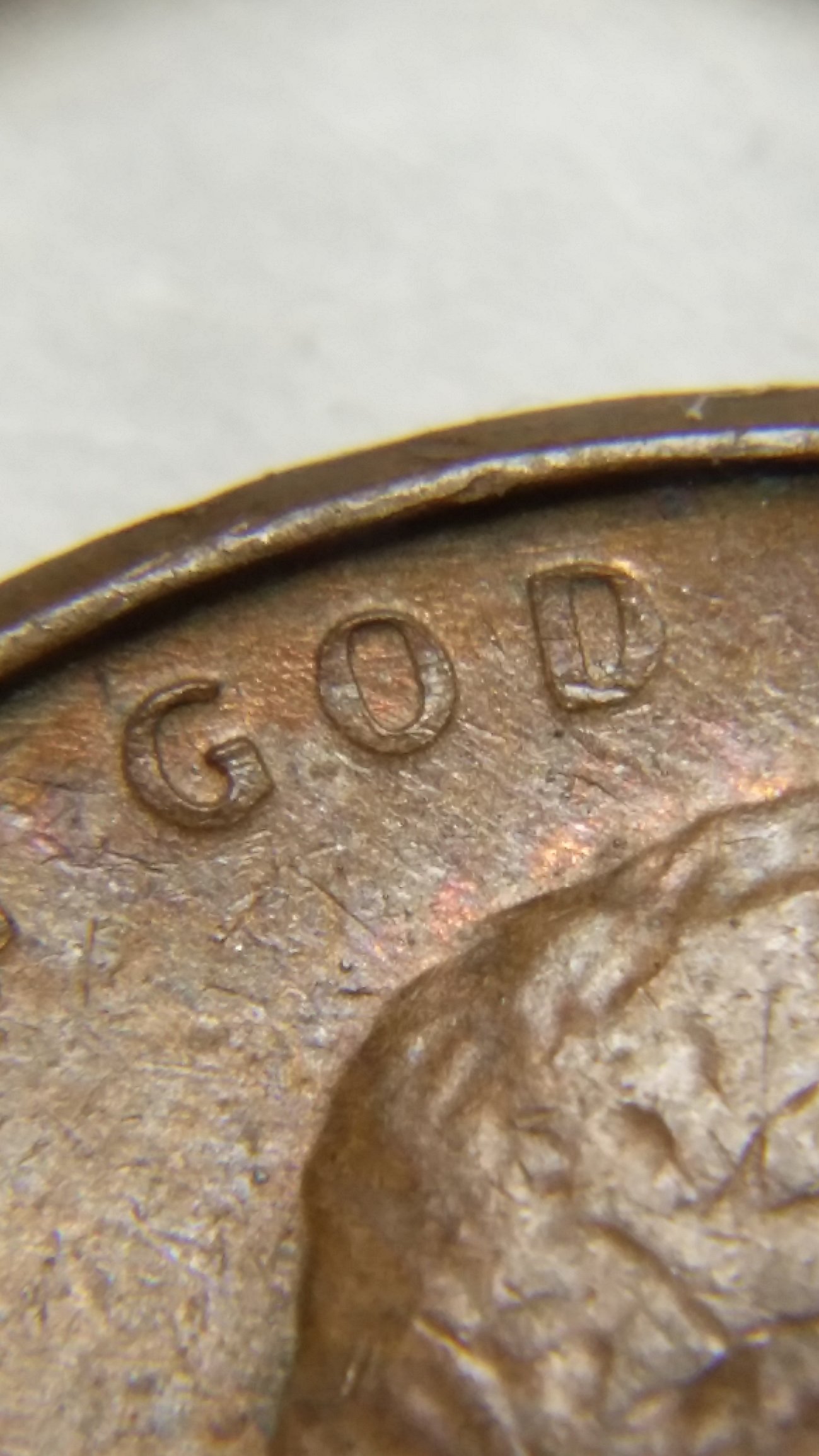
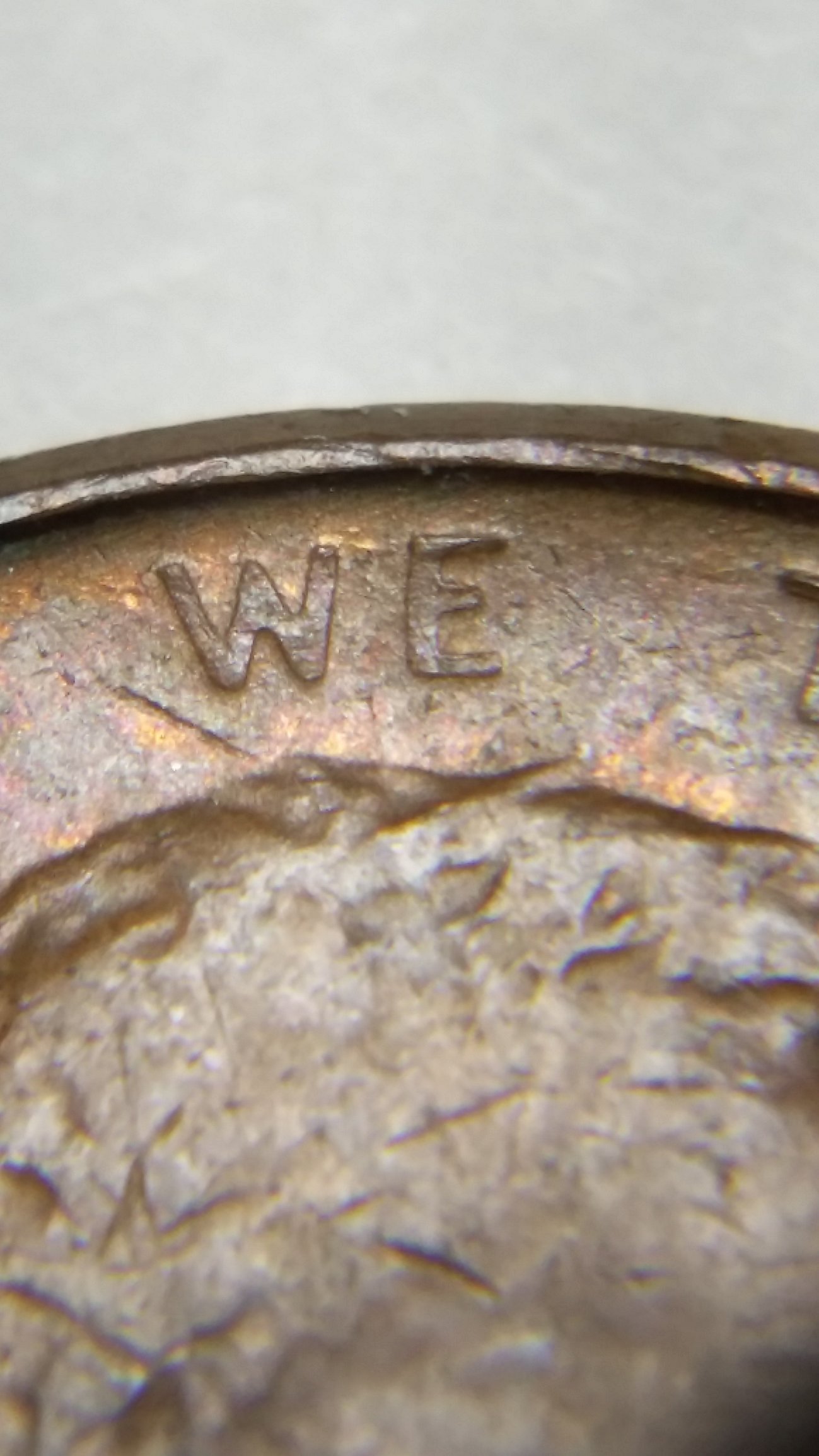
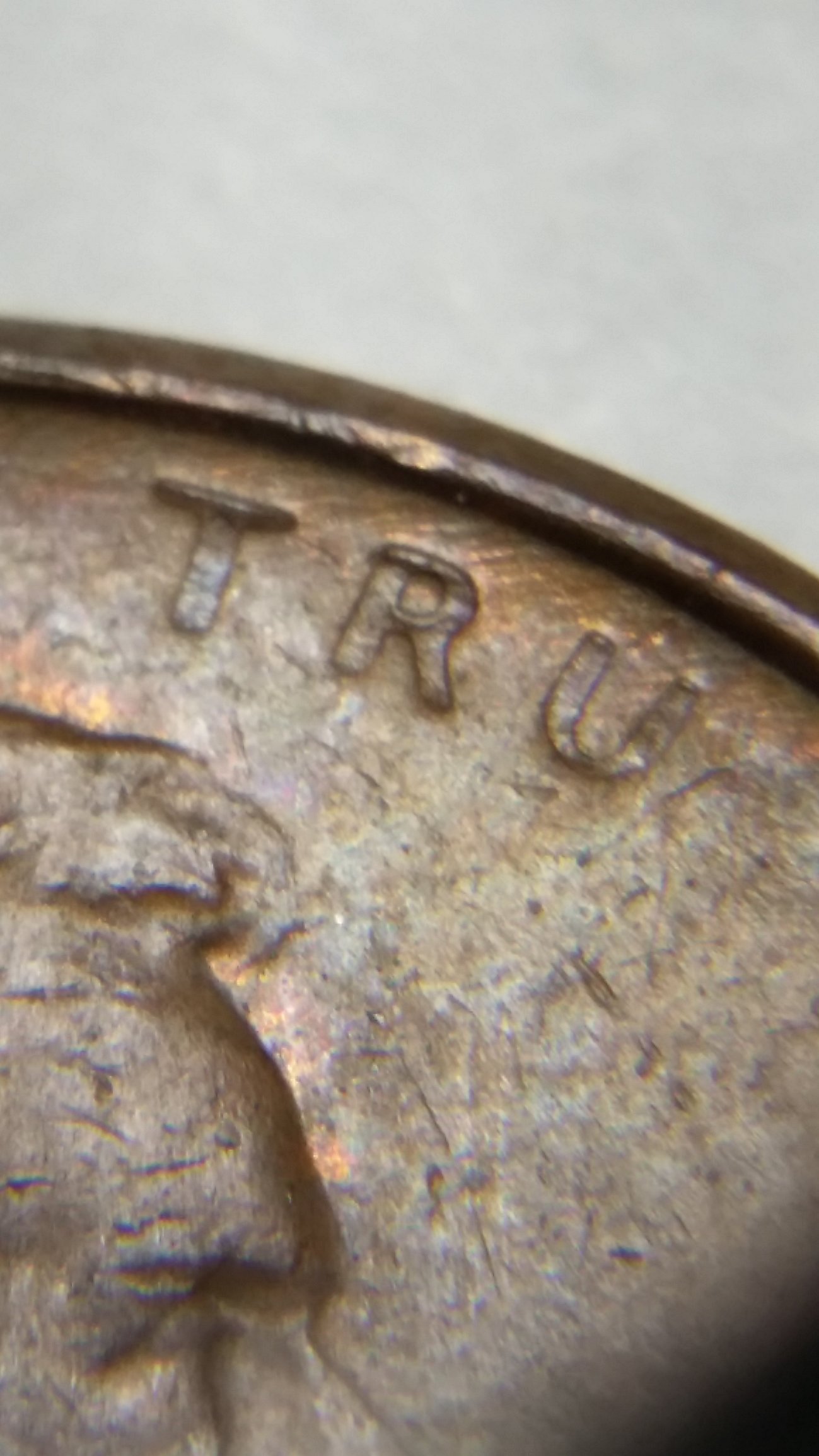
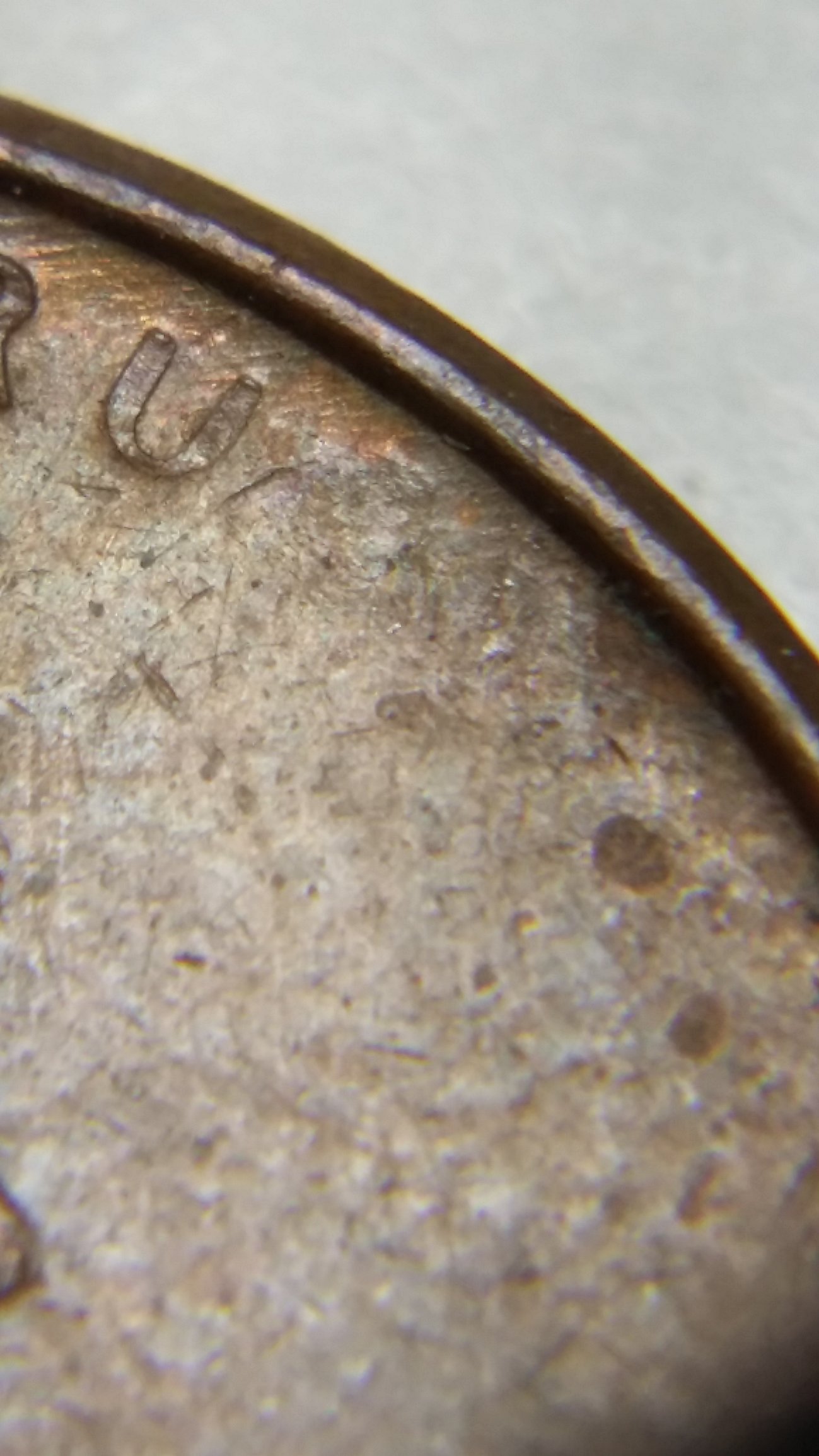
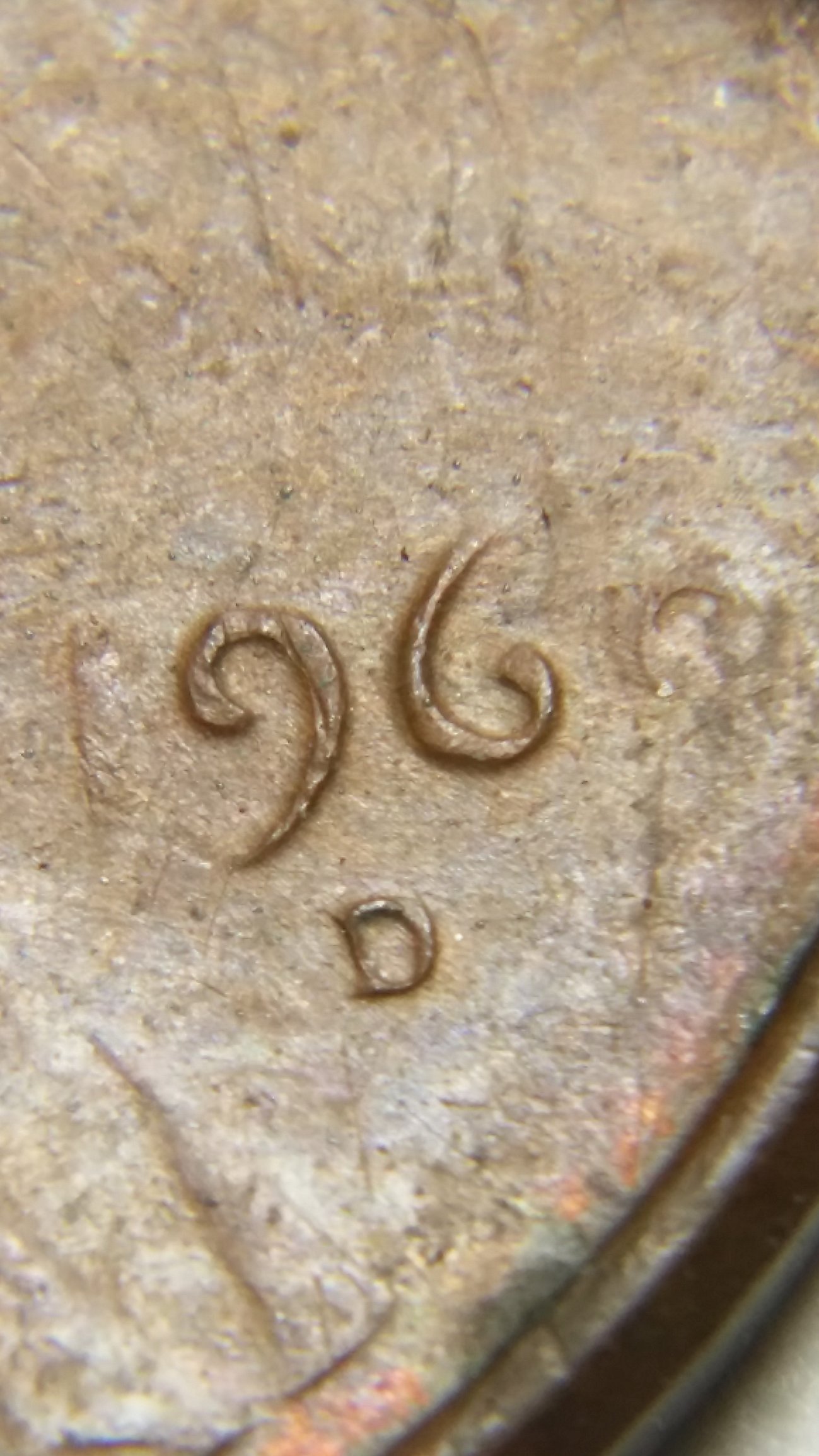
Here's the 1910 piece.
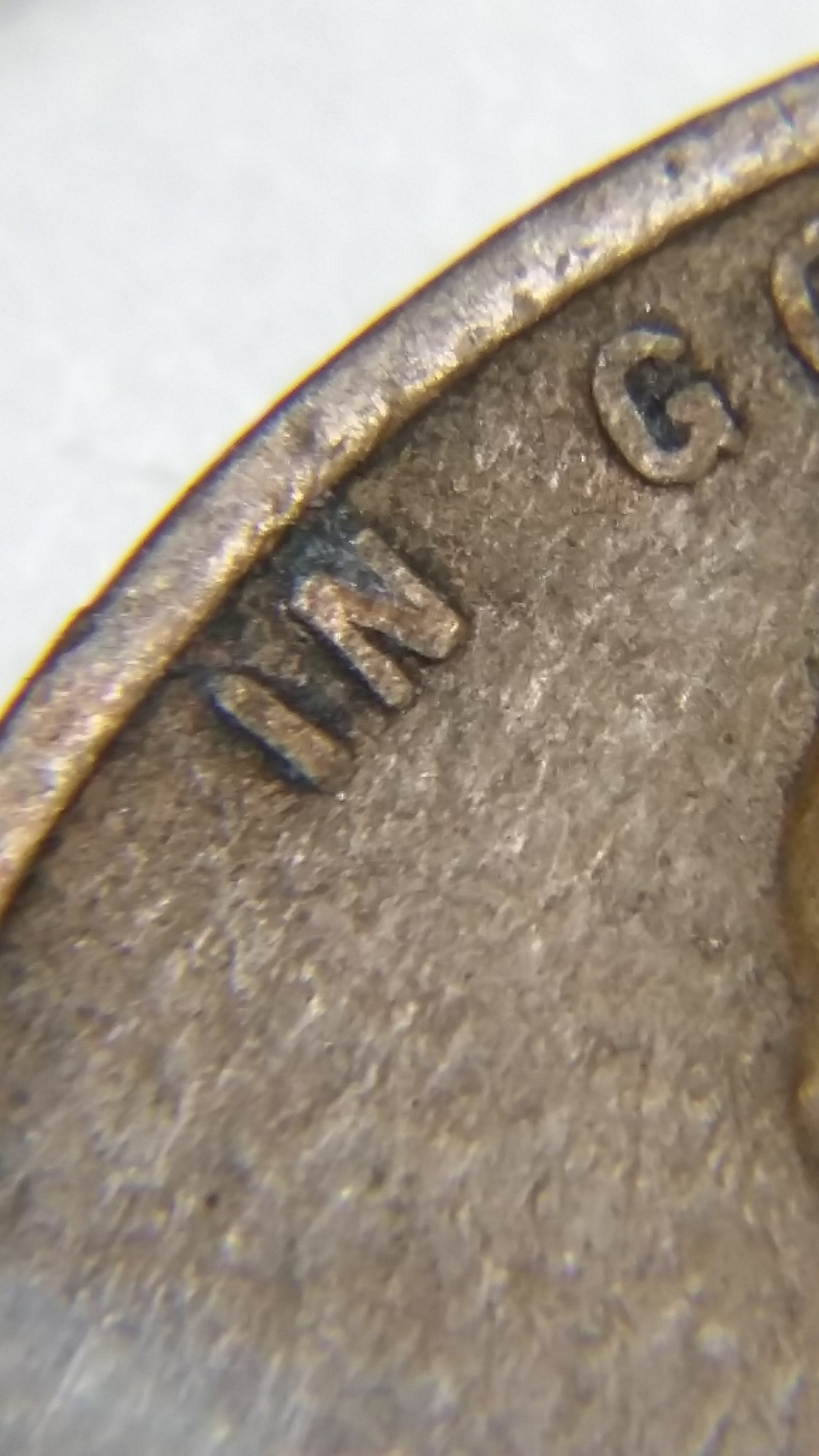
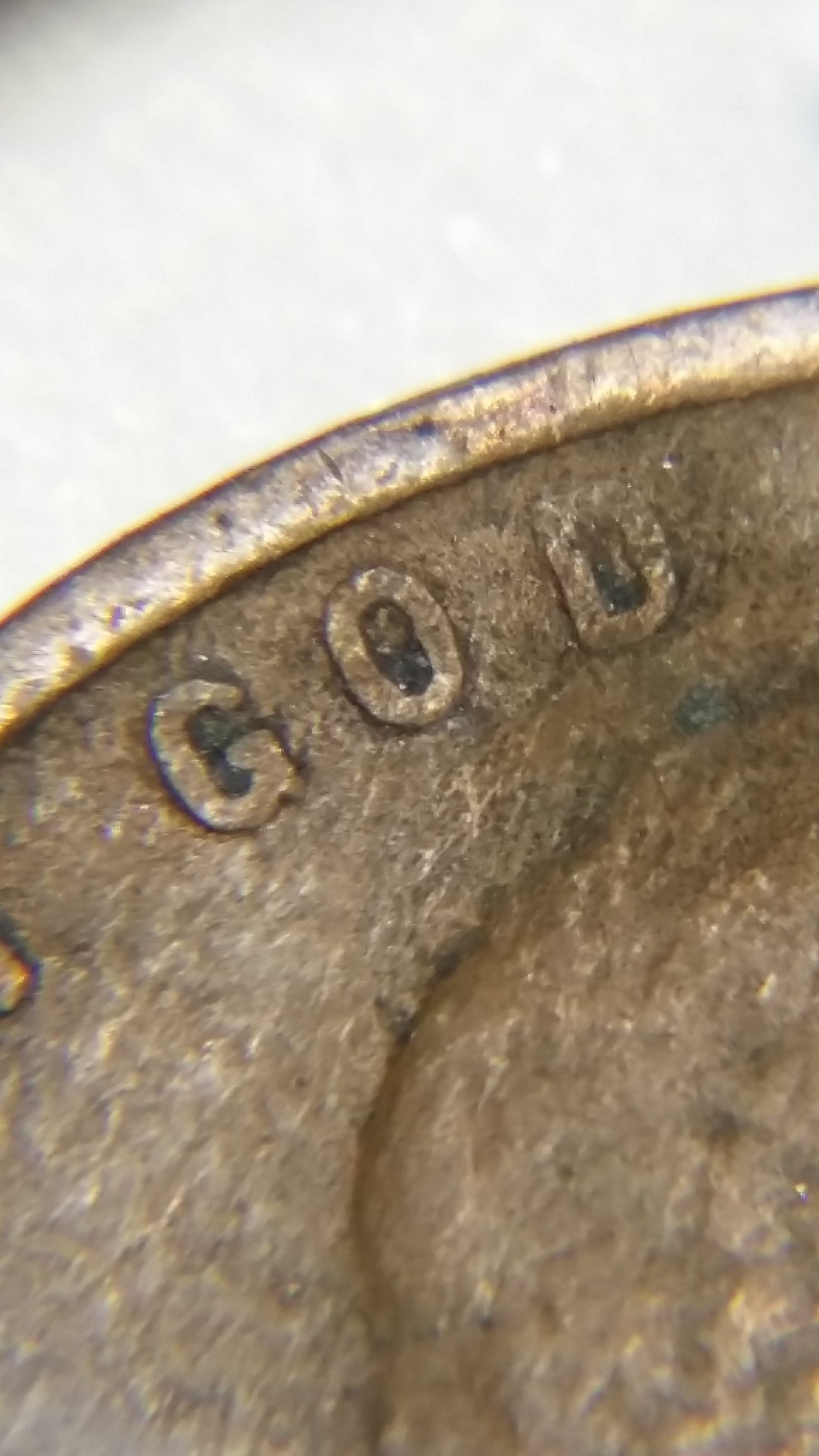
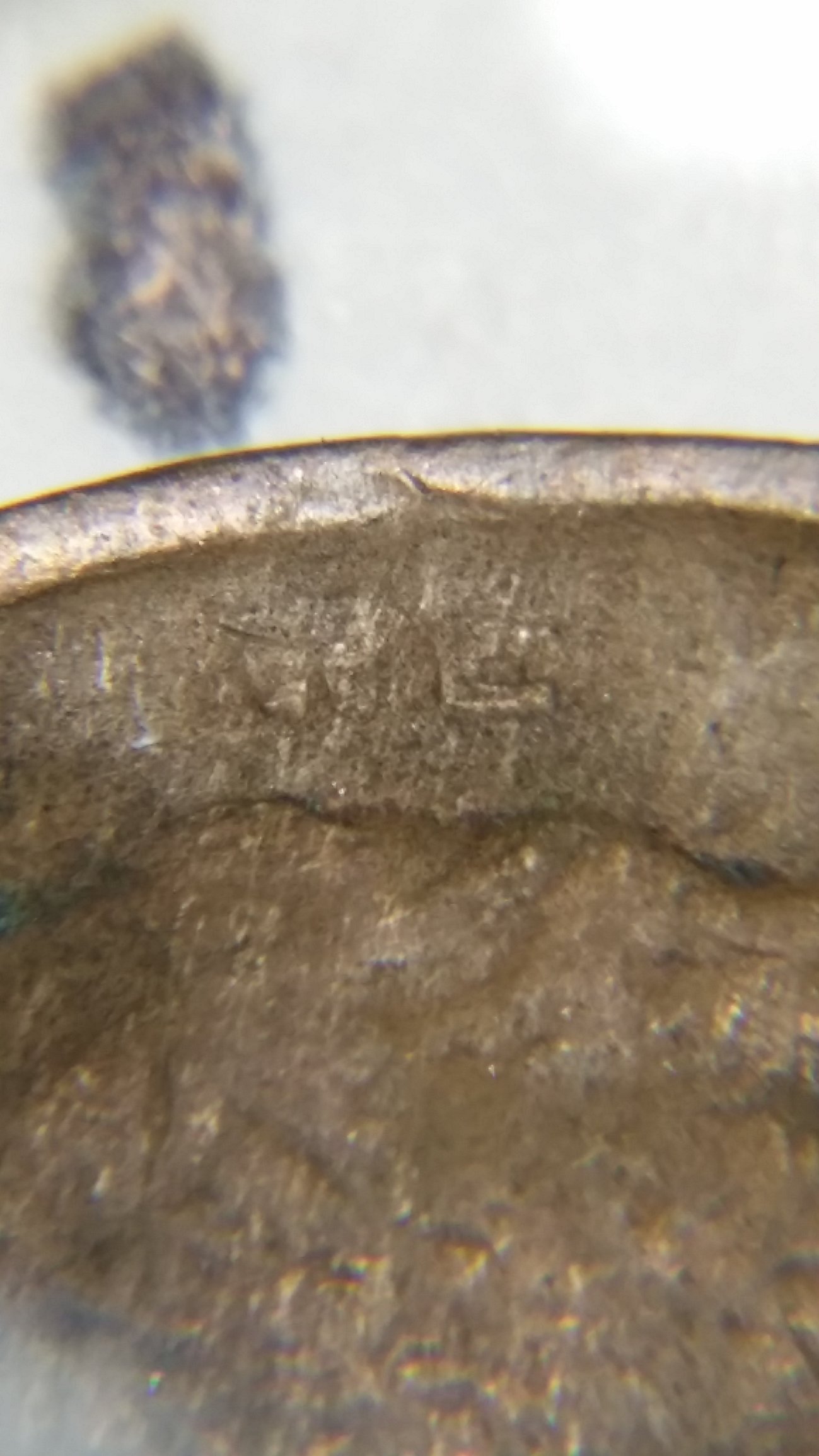
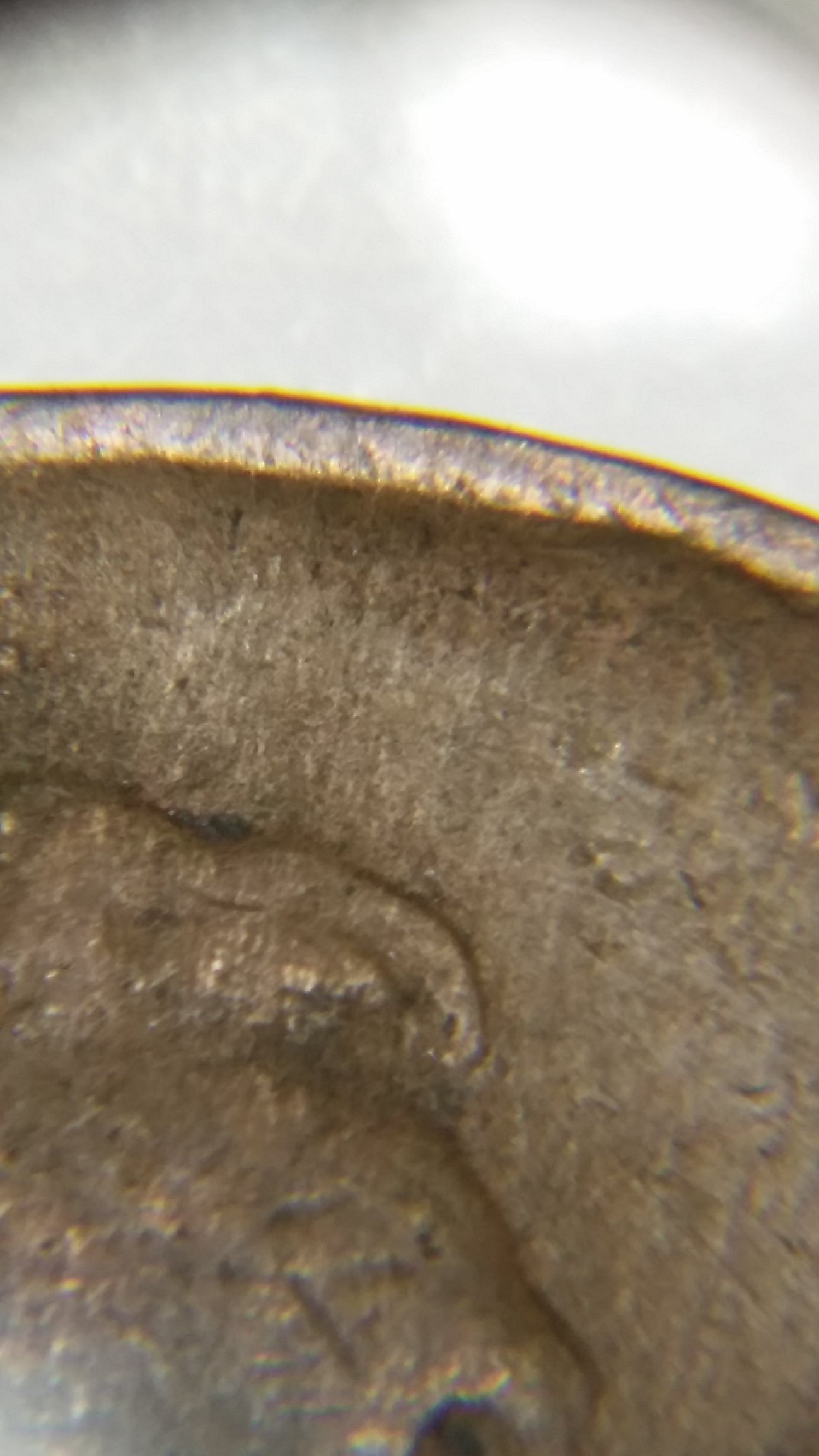
Thus 1960-P small date is missing the I in Liberty.
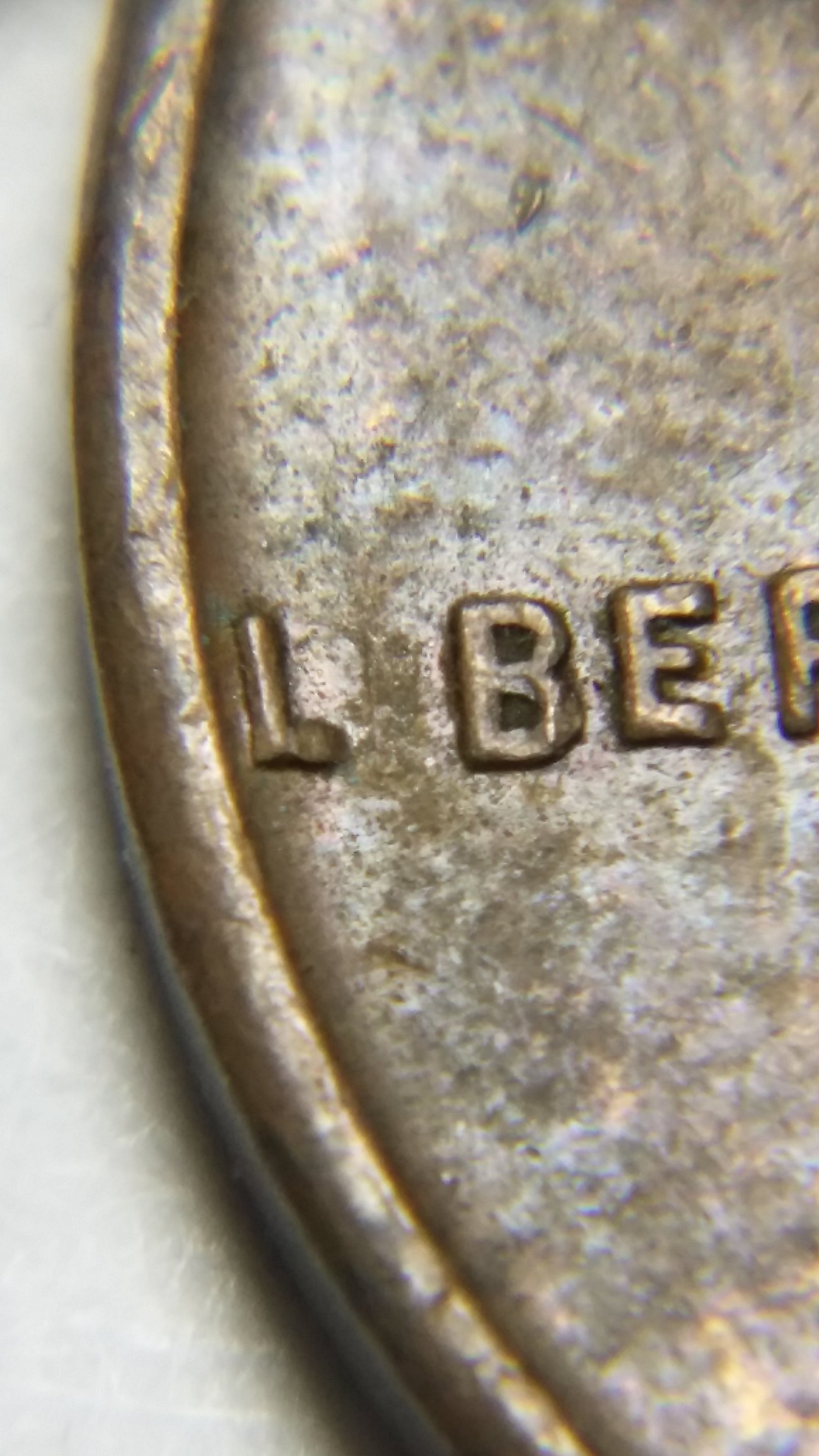
...also I noticed 1956, 1957-D, 1957-P, 1958-D, and 1958-P wheat cents are absolutely rife with errors. They're plainly apparent even on circulated pieces. Filled 9's, BIE varieties, reverse die cracks in "O"ne.. what was wrong and how did they fix this?
Here's some examples out of dozens upon dozens..
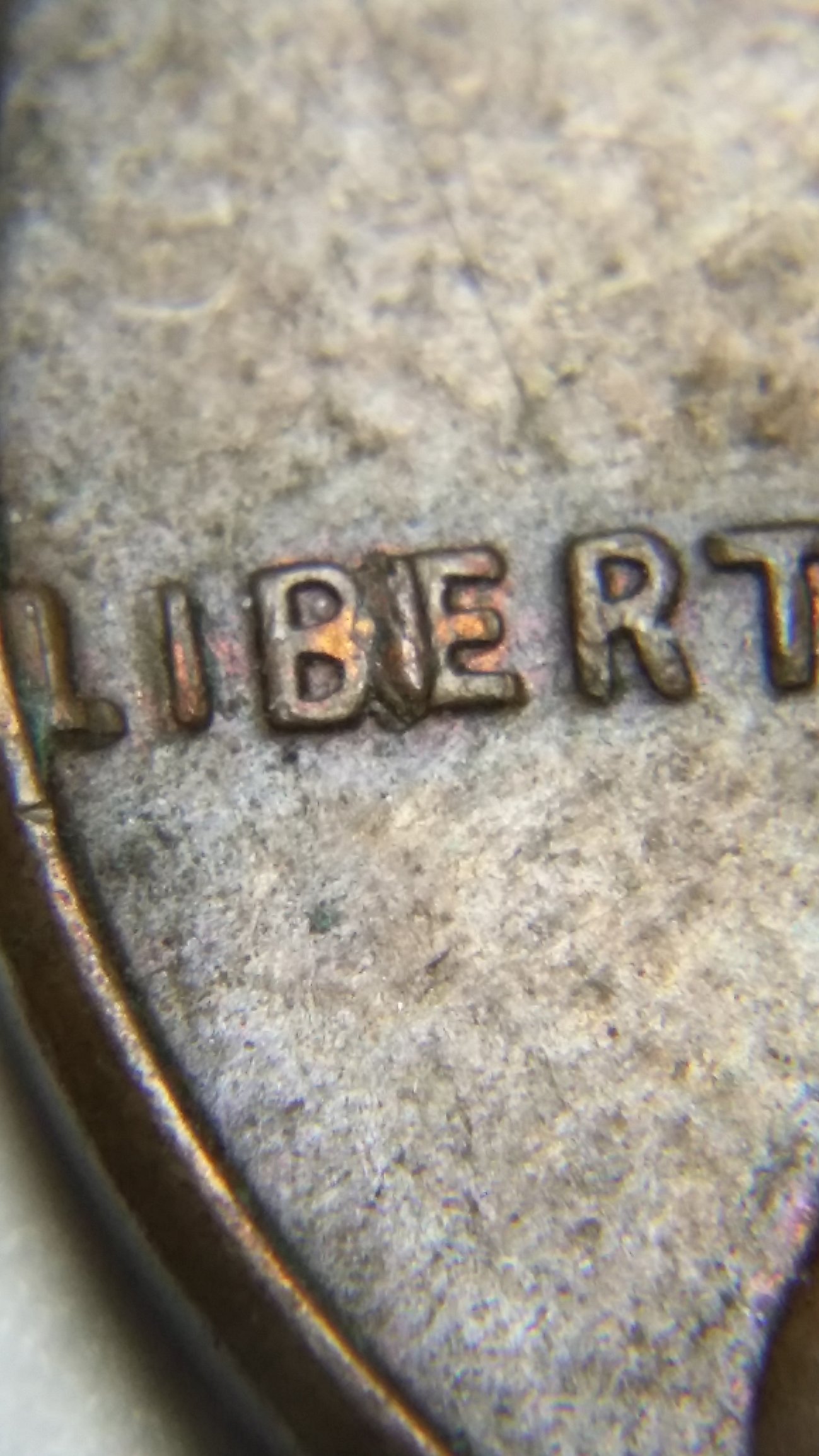
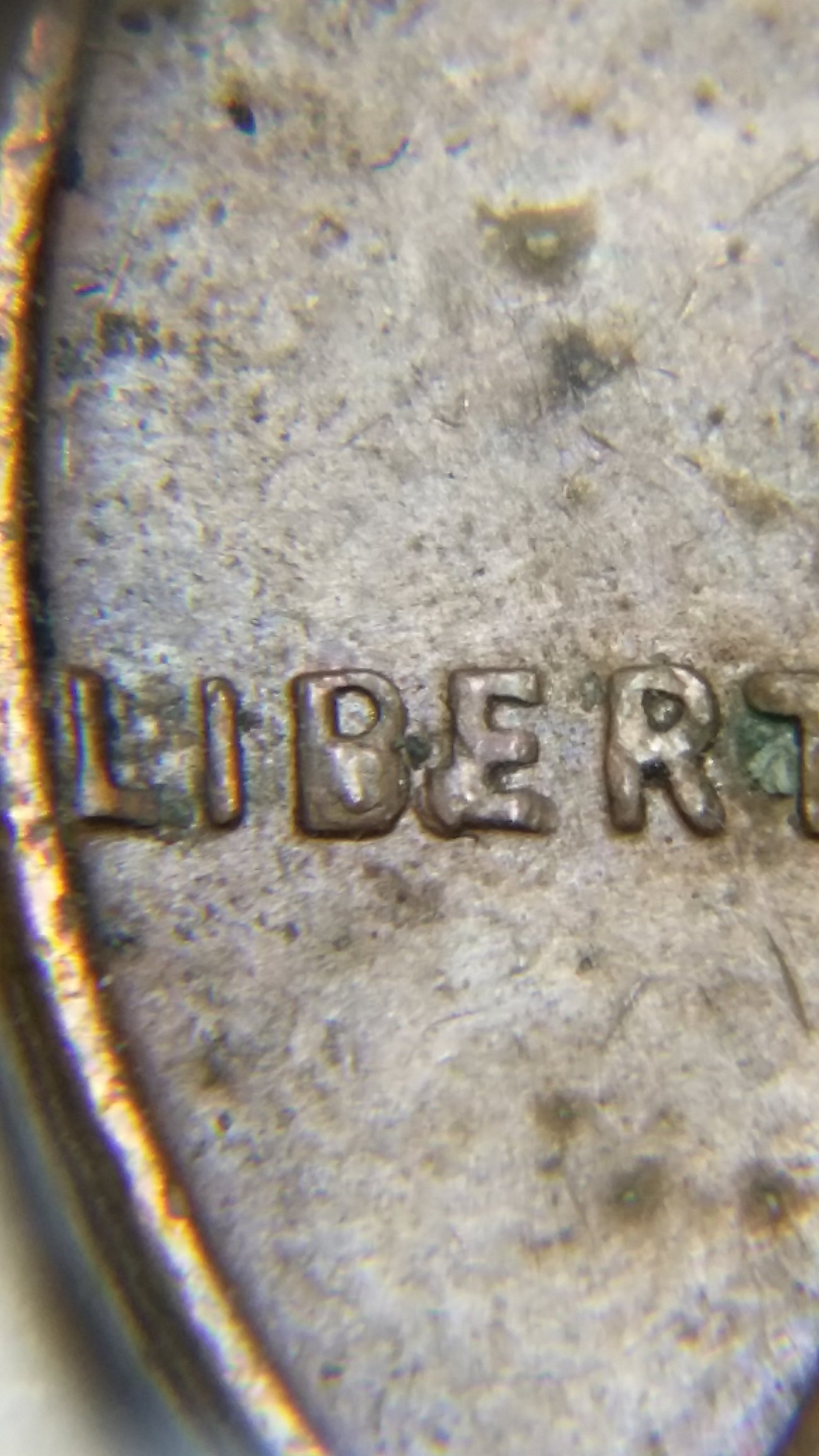
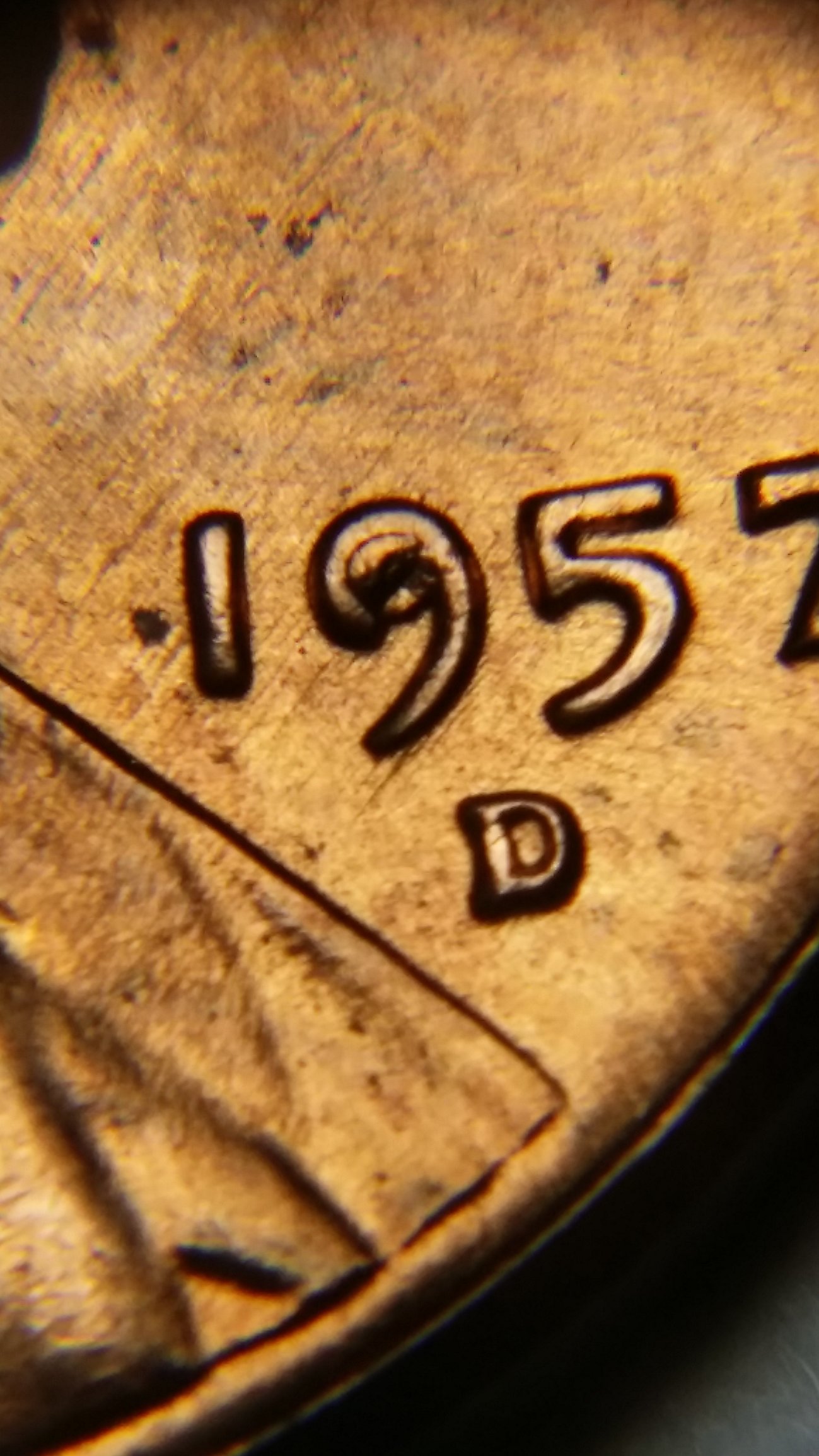
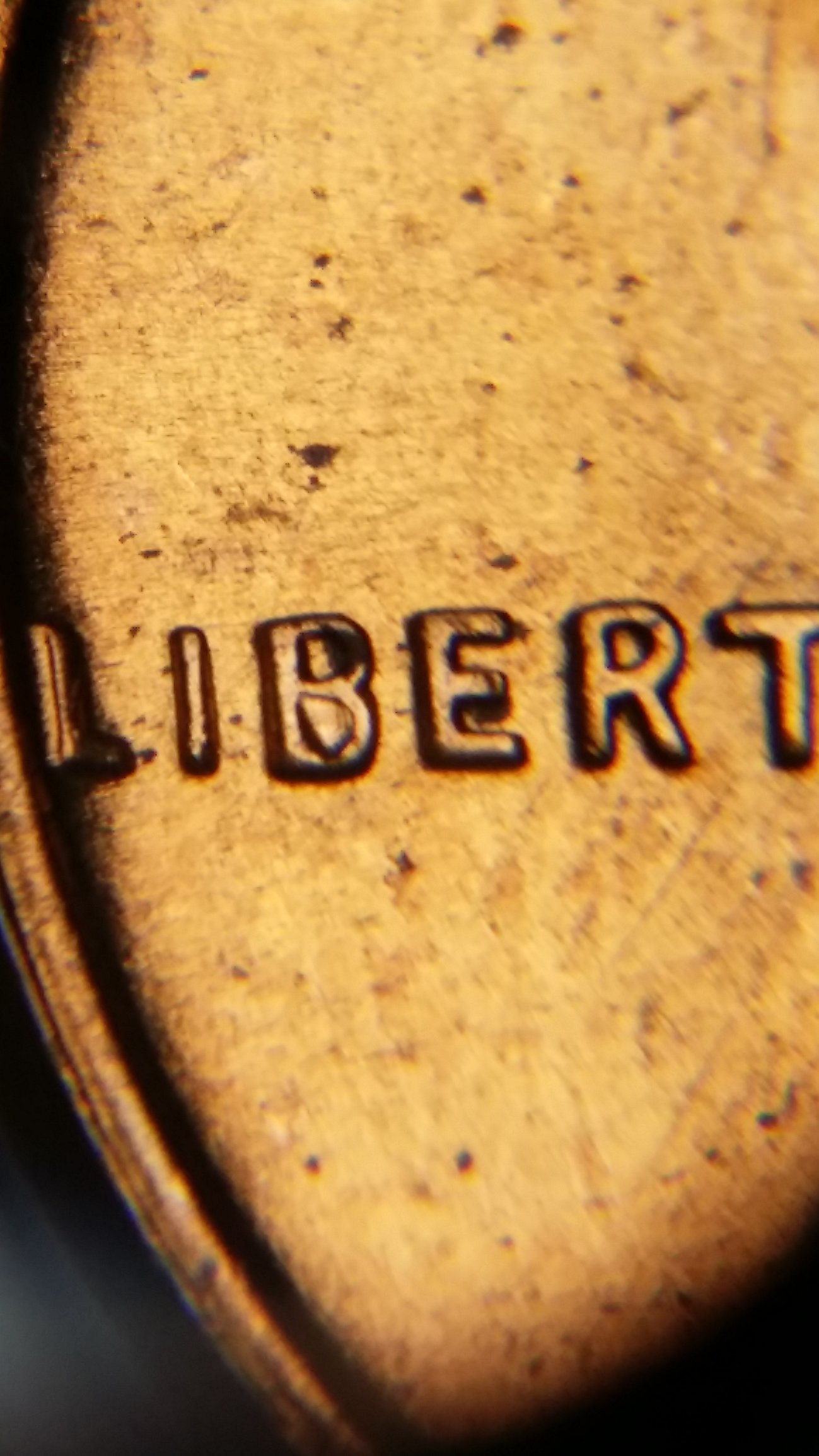
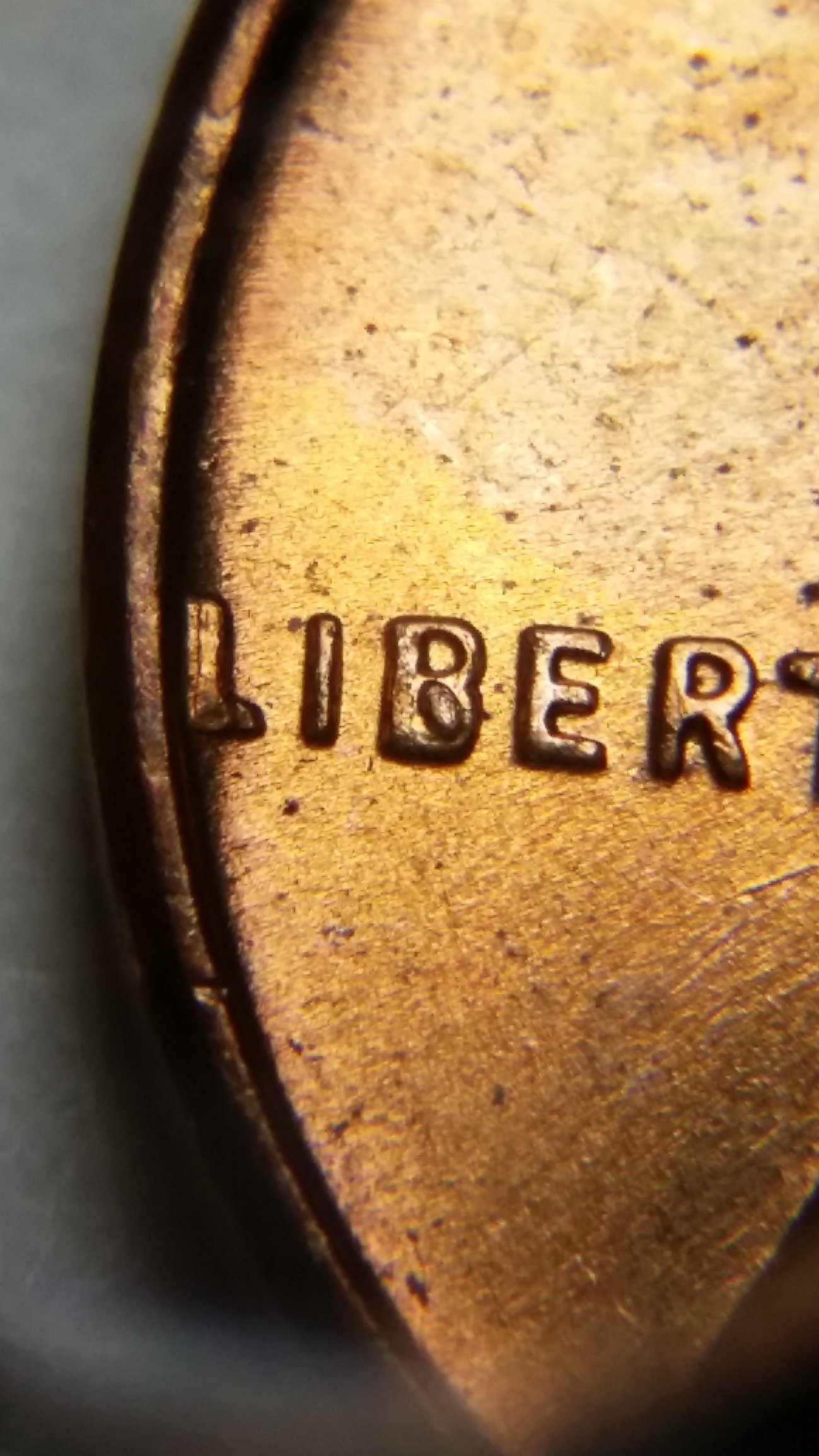
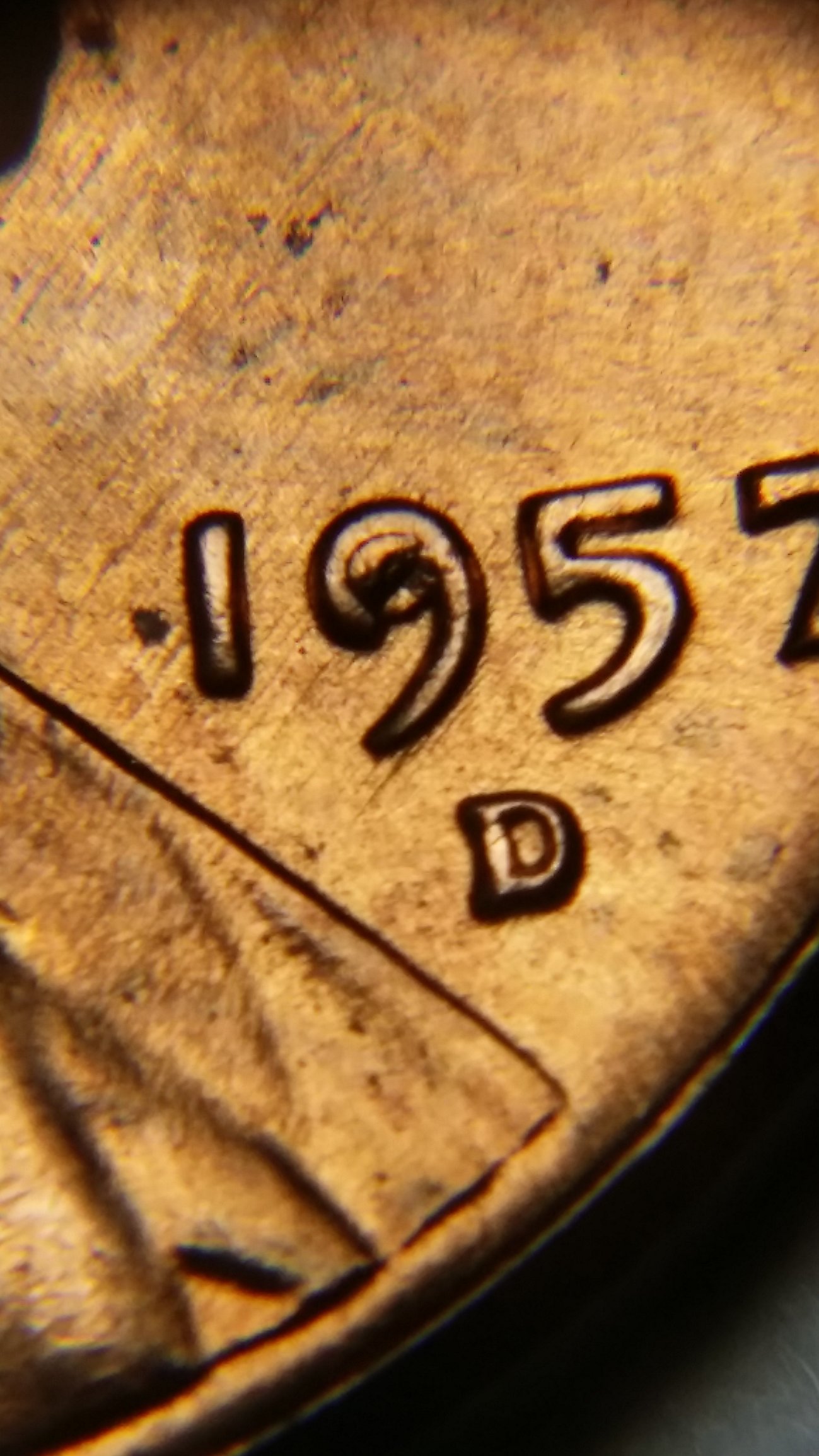
Here are the reverse die cracks on a 1957-D reverse in ONE. I've noticed if you have a BIE or close to it, the cracks will be there.
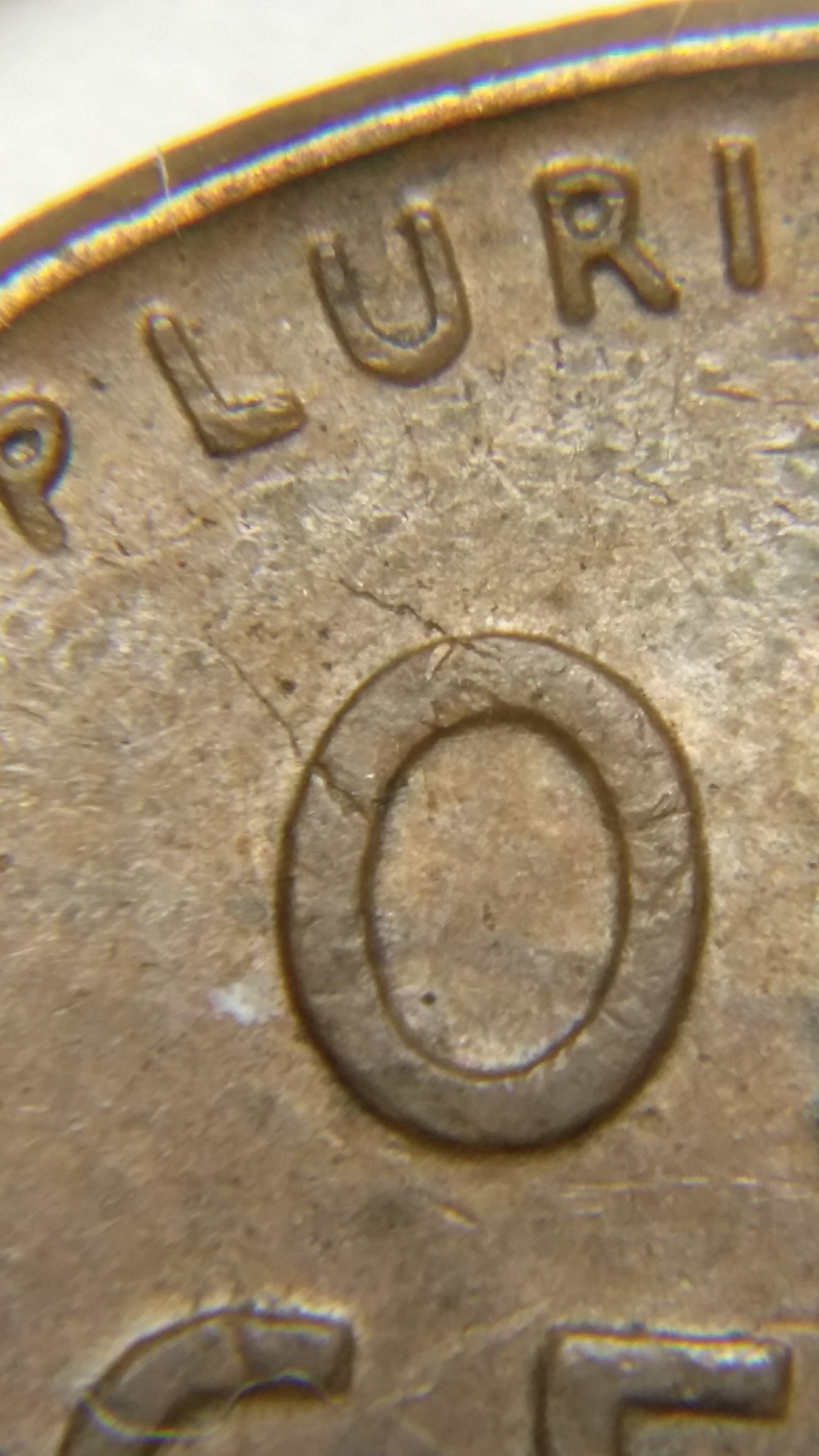
Another 1956 "missing" the I in Liberty but it seems to have left a shadow.
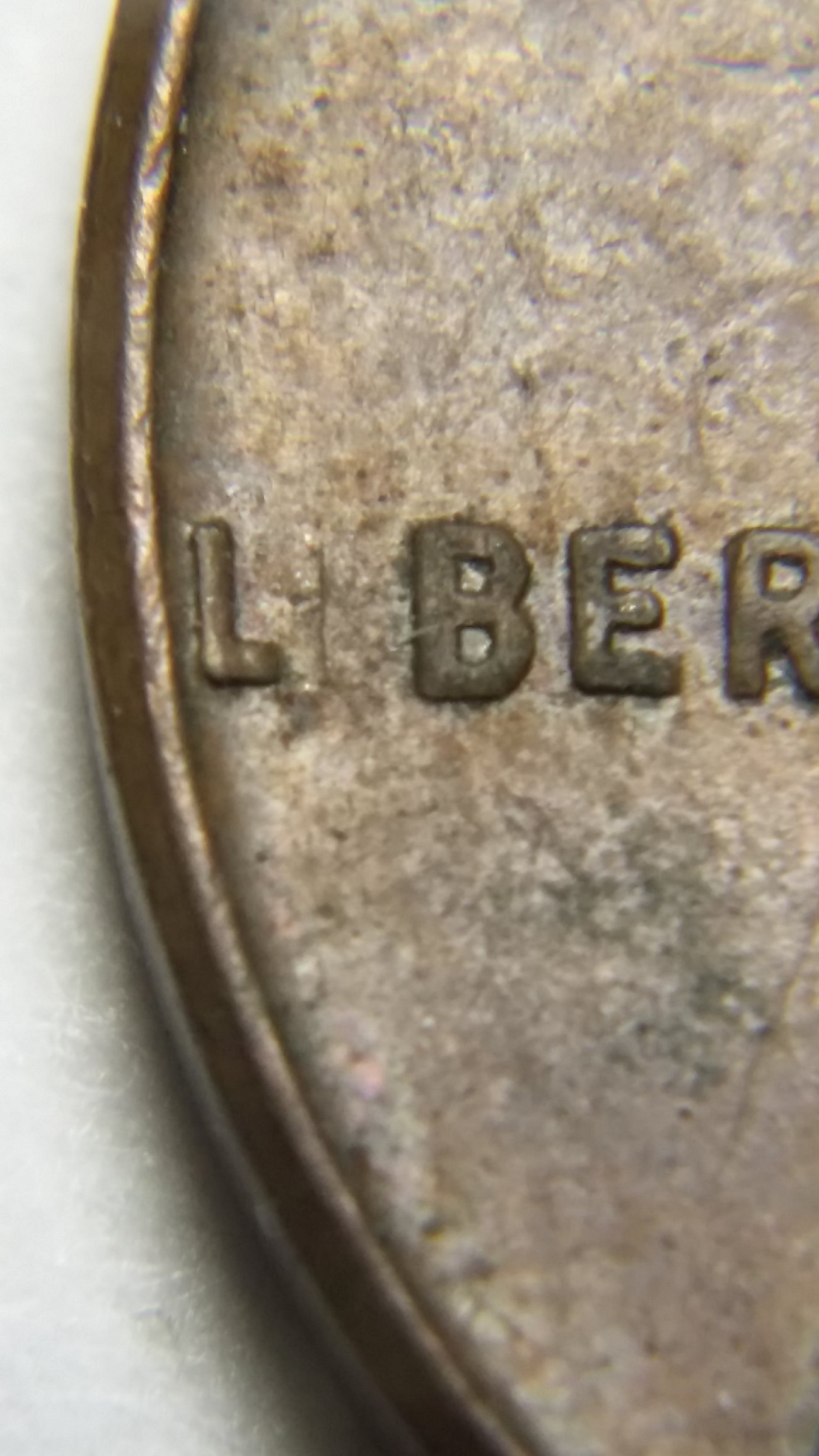
And these incredibly thin UN(IT)ED are interesting, and the weird F's that accompany these error types. I get a lot of these CEN(T) pieces with metal "dripping" off the bottoms.
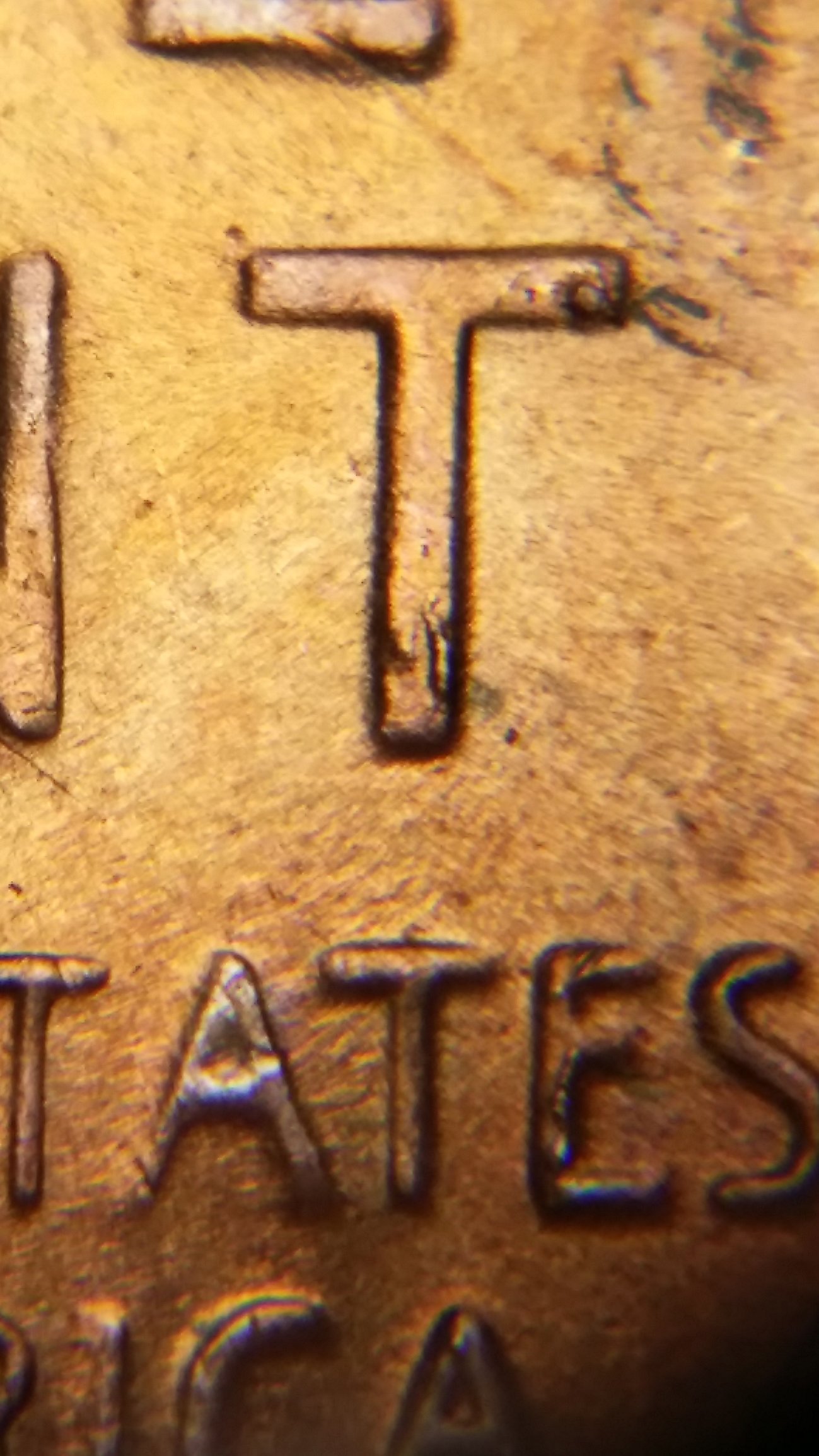
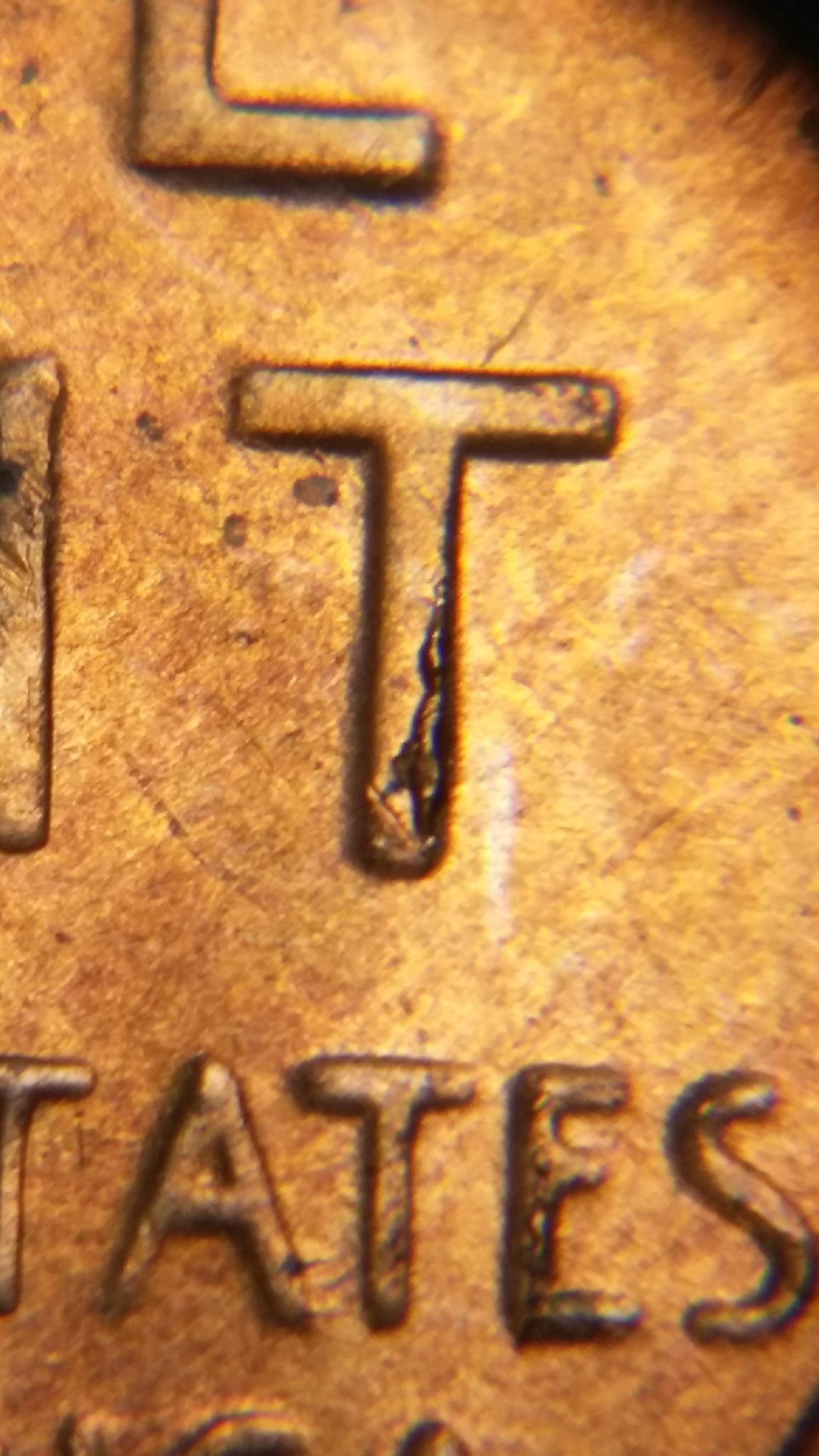
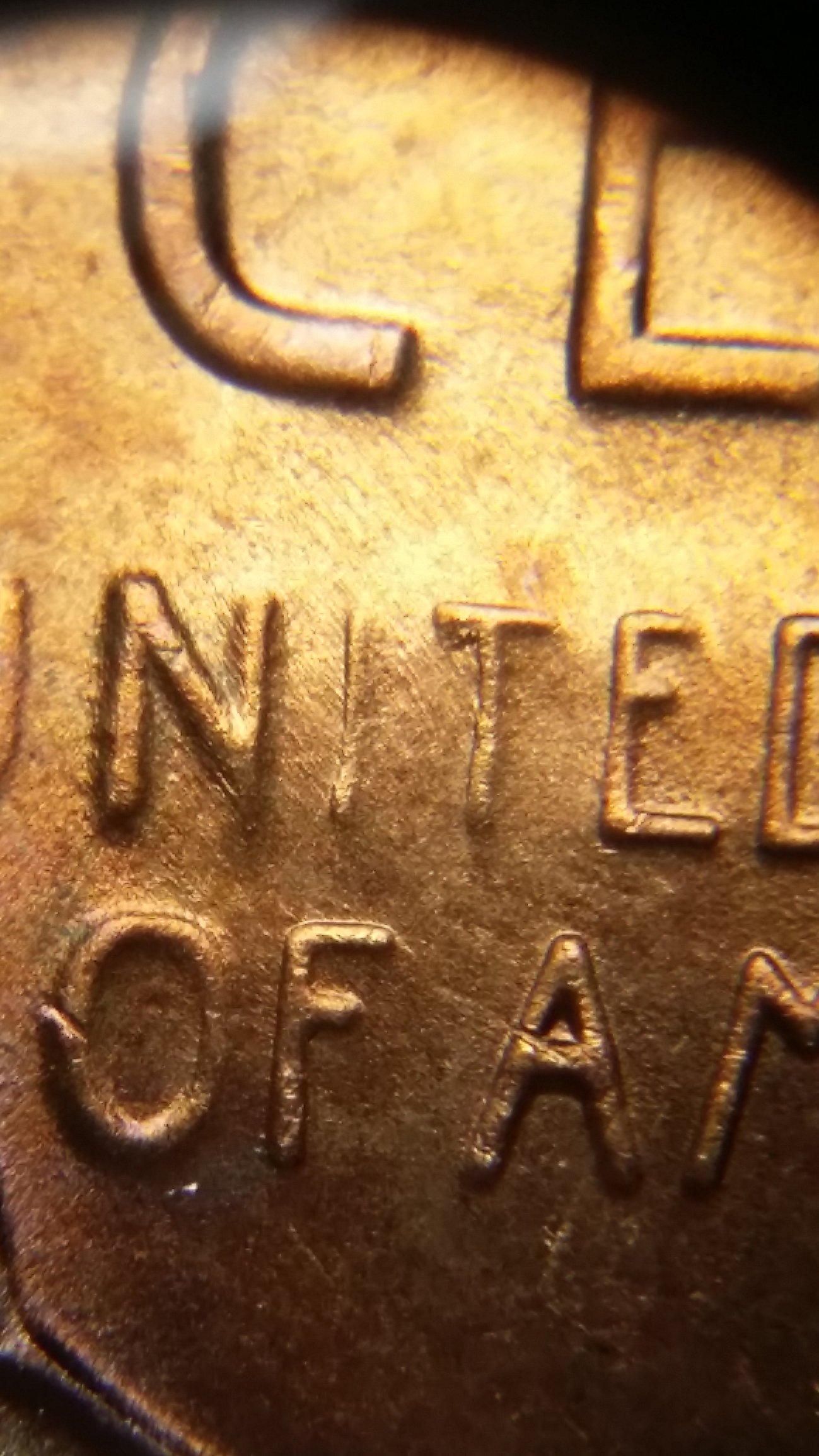
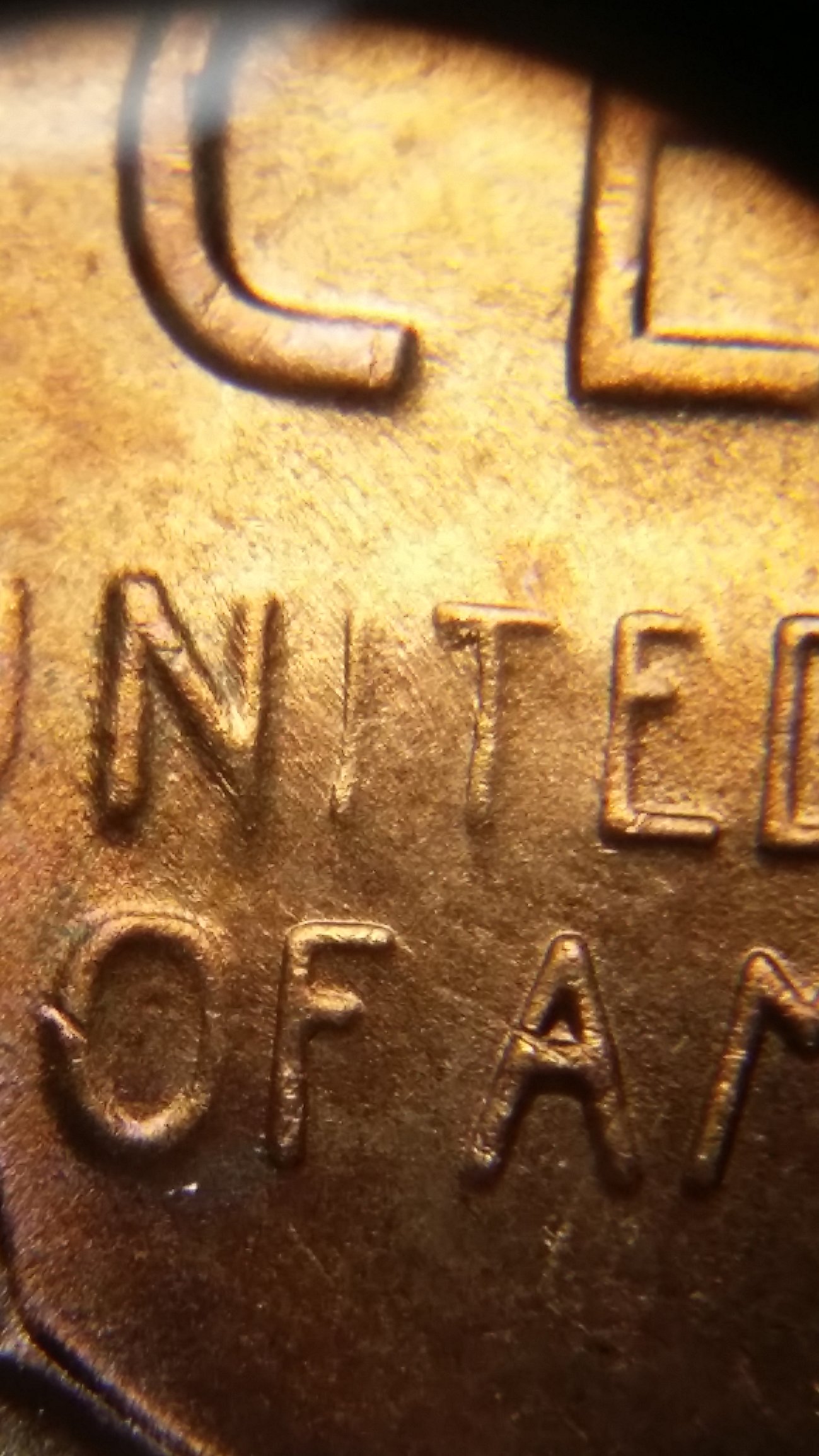
Another BIE but on a wheat cent and in better shape on a 54-S cent.
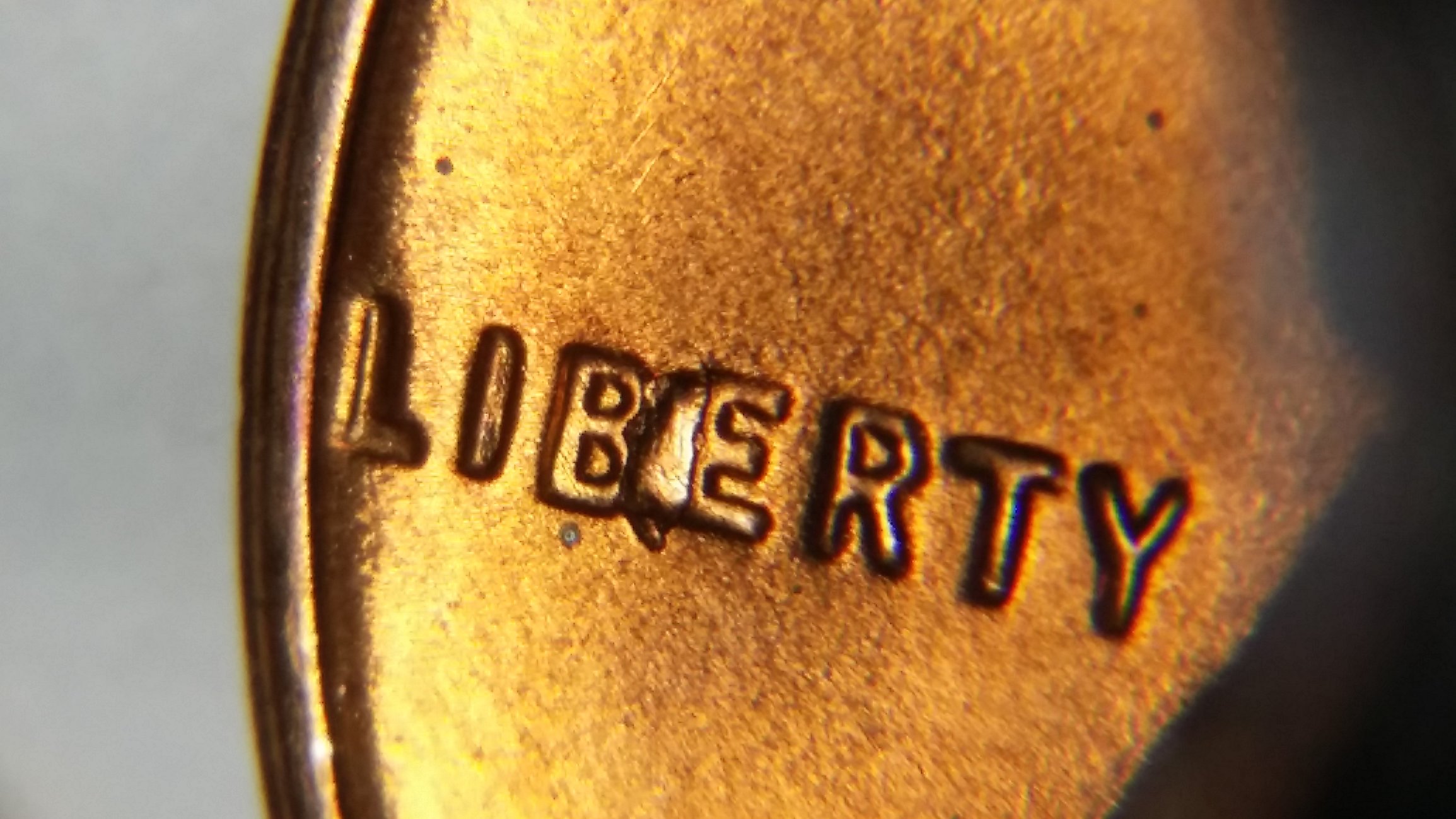
The earliest I start to see problems is 1954. This 55-S has a nice filled 55, despite oxidation and detritus issues.
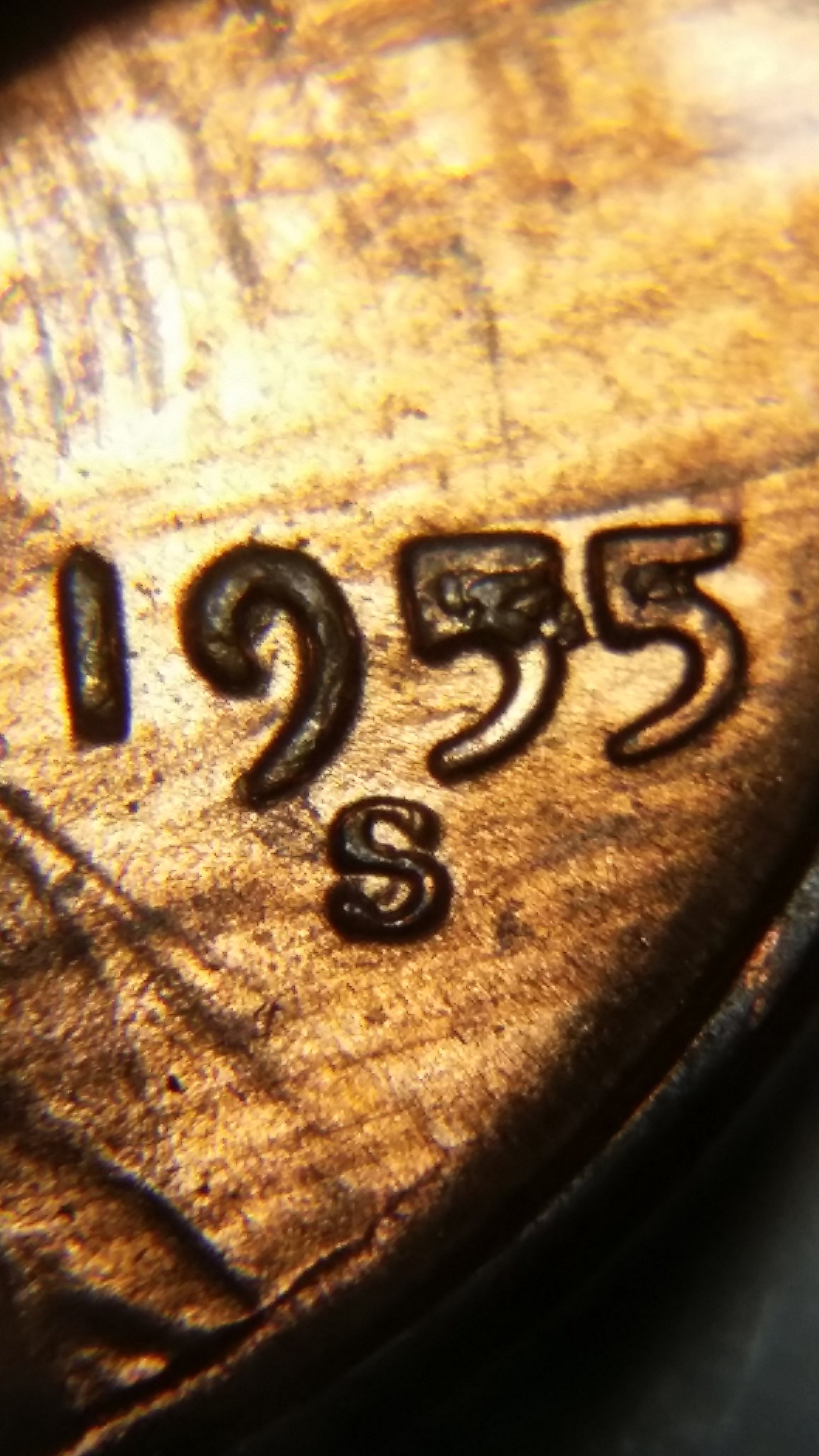
Thanks for looking and thanks for any and all help. It seems the Liberty doubling on the 68-S is fairly common on Google searches as far as inquiries go... if so many with doubling exist, how come it's not as recognized variety?
Cheers and mush love,
Az.
(I tried to edit my post to fix a picture and it got deleted so I'm sorry if this is disjointed. I appreciate any and all help immensely.)
Comments
Gosh this stupid forum gave me a vanilla.editor error code, so half the pictures are missing/duplicated. Sorry for that. I'm just glad it worked I'm not going back a third time
Found this on the BIE if anyone else also collects cents or eventually will.
"This is a 1957 dated Lincoln Wheatback Cent with a die-break strike error on the obverse, commonly know as a "BIE" error - No mintmark denotes it as a Philadelphia Mint strike. - The die-break during the minting process caused a glob of metal in-between the B and E in LIBERTY. This type of error strike can be found on many different dates and from both the Philadelphia and Denver minted cents."
Also this which is cool!
Coin collectors have been posting their pictures and videos on the Internet, showing that they have a 1957 D wheat penny with the so called “BIE” error, wherein there was a die break between “B” and “E”, which seems to be a letter “I”.
The other coins have the lower part of the letter “B” in the word “LIBERTY” completely filled in. There are coins that also have the number “9” on the date filled in. These happened due to a die clash. When the dies come together without the planchet in the coining chamber, the dies transferred part of their design into the other.
Looking at the number of people who have these “error” coins means they are pretty common. And just to clear it up, these are actually NOT errors – they are just die chips.
In addition, not only the 1957 D wheat pennies have the same characteristics.
These die chips can be seen in the 1956-1958 wheat series. But this is not to say that the die chips do not make a difference. There are interested coin collectors who offer the “BIE” coins for $5 to $7 per piece. The filled letters or numbers do not add more value to the coin, though.
Excellent pictures... You have a good assemblage of these cent anomalies... Excellent teaching tools for YN's and new collectors.... Thanks for showing us... Cheers, RickO
Not sure of your specific question(s), but
your close-ups are nice photos of what
can easily be found in circulation or in
BU rolls of cents - die chips in the date
and Liberty are very common - so common
that there are many many thousands of them
minted than there are collectors of them.
They're interesting conversation pieces, and
good illustrations of part of the minting process,
and they're fun to find - as I did many decades
ago when I was a collector.
Filled Dies - the same - and I've seen filled dies
in the date area almost exactly just like your 69-S .
Again, good for sharpening your eyes as you look
for coins, and also for learning how to tell damage
or alterations from these minting errors or anomalies.
Thanks for the help guys